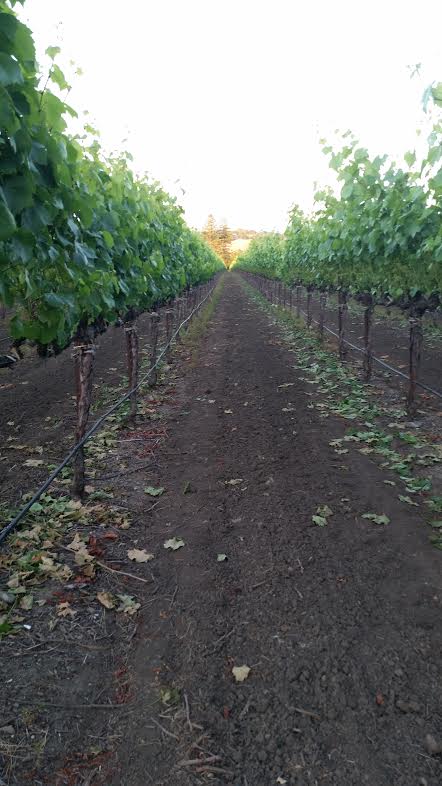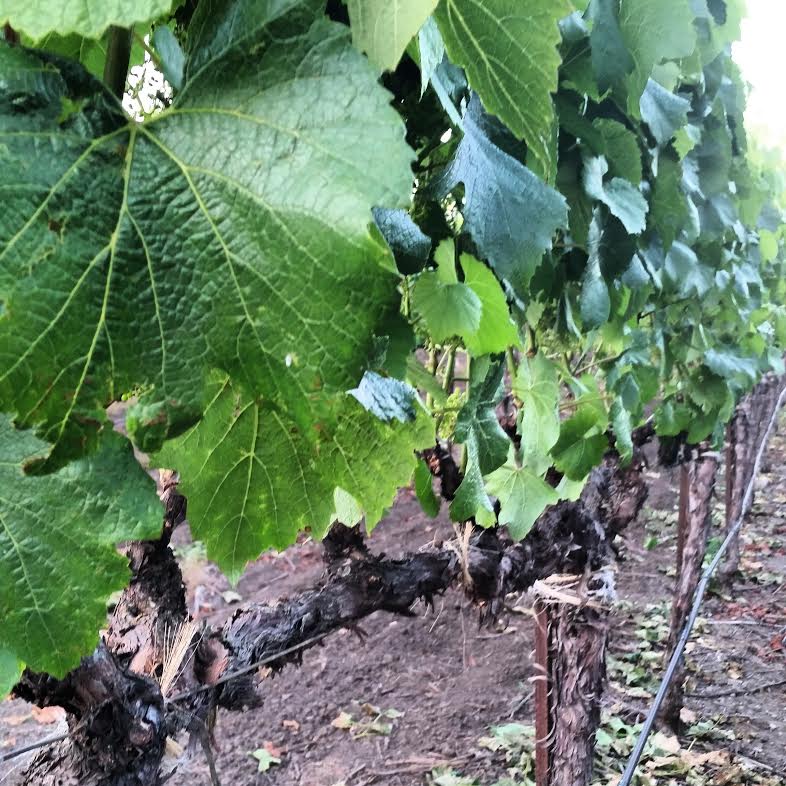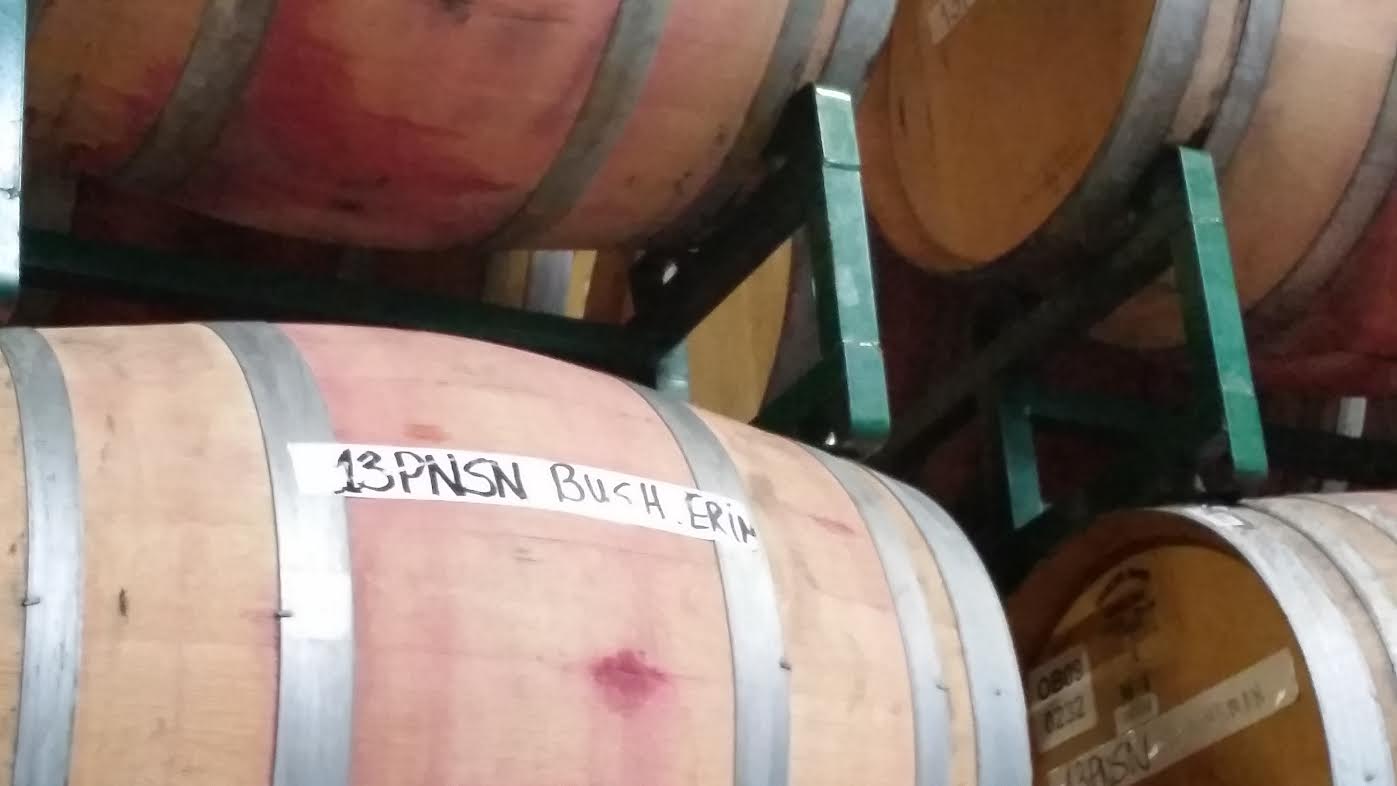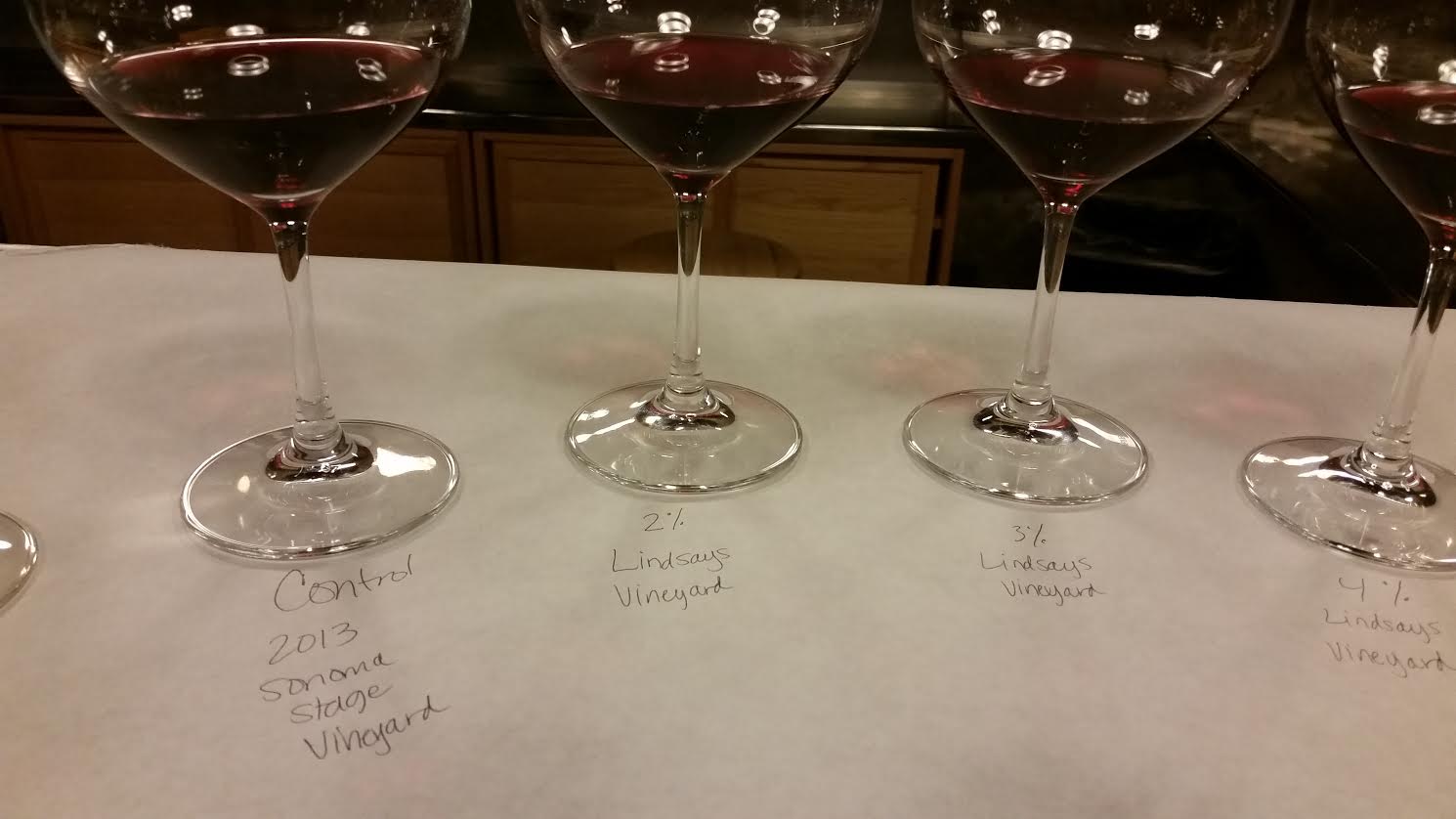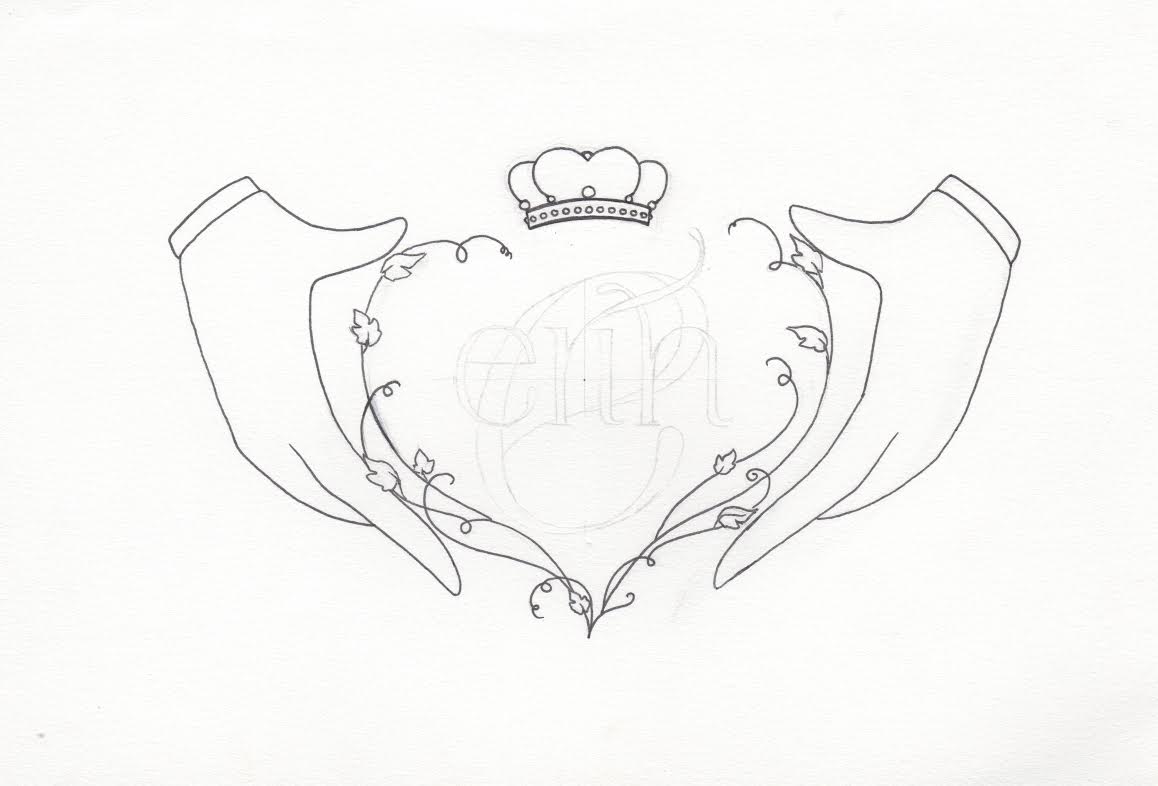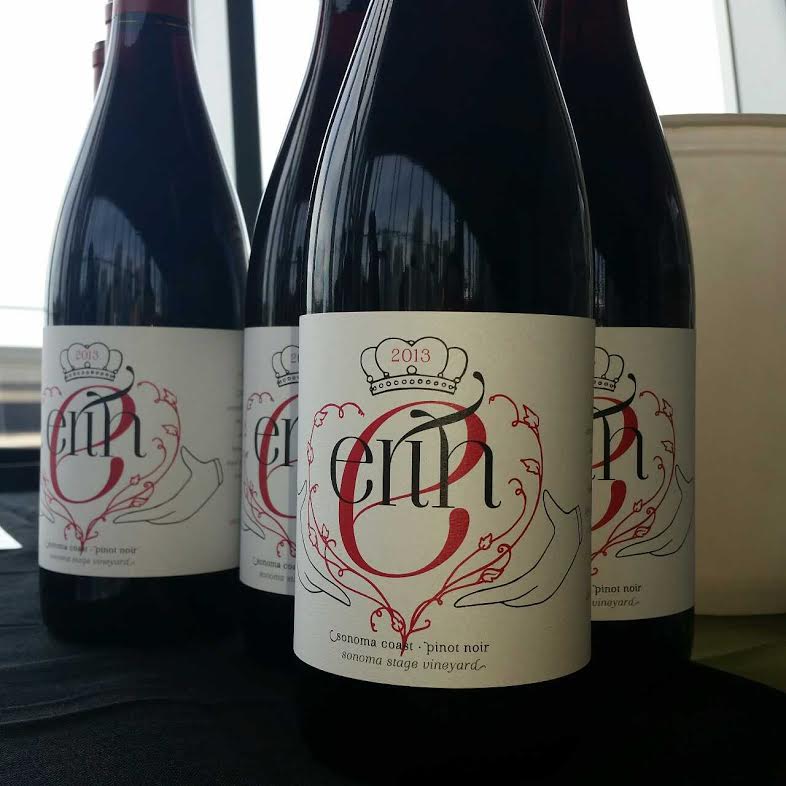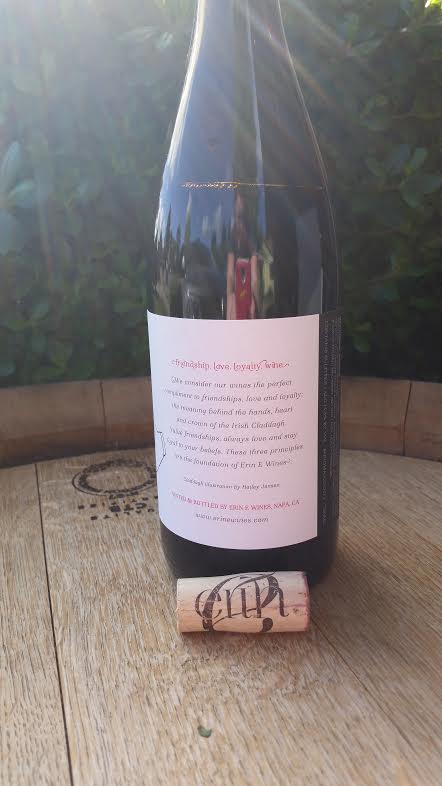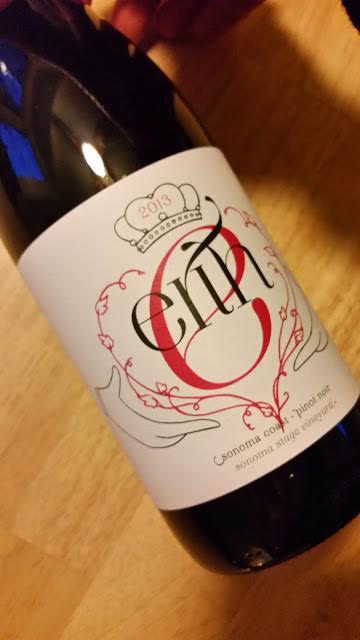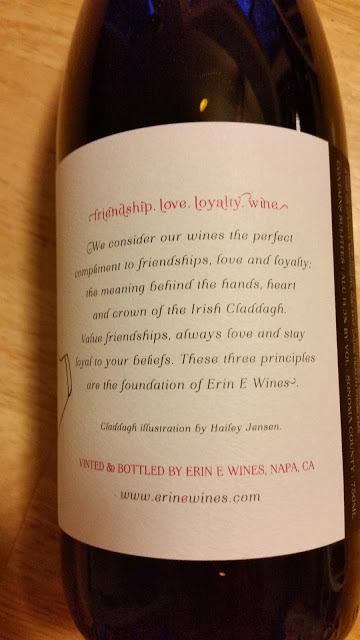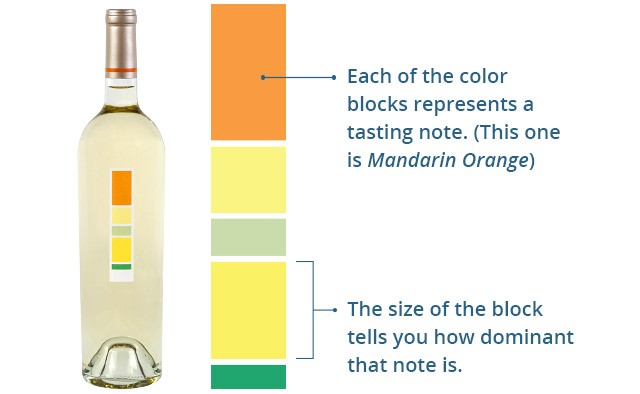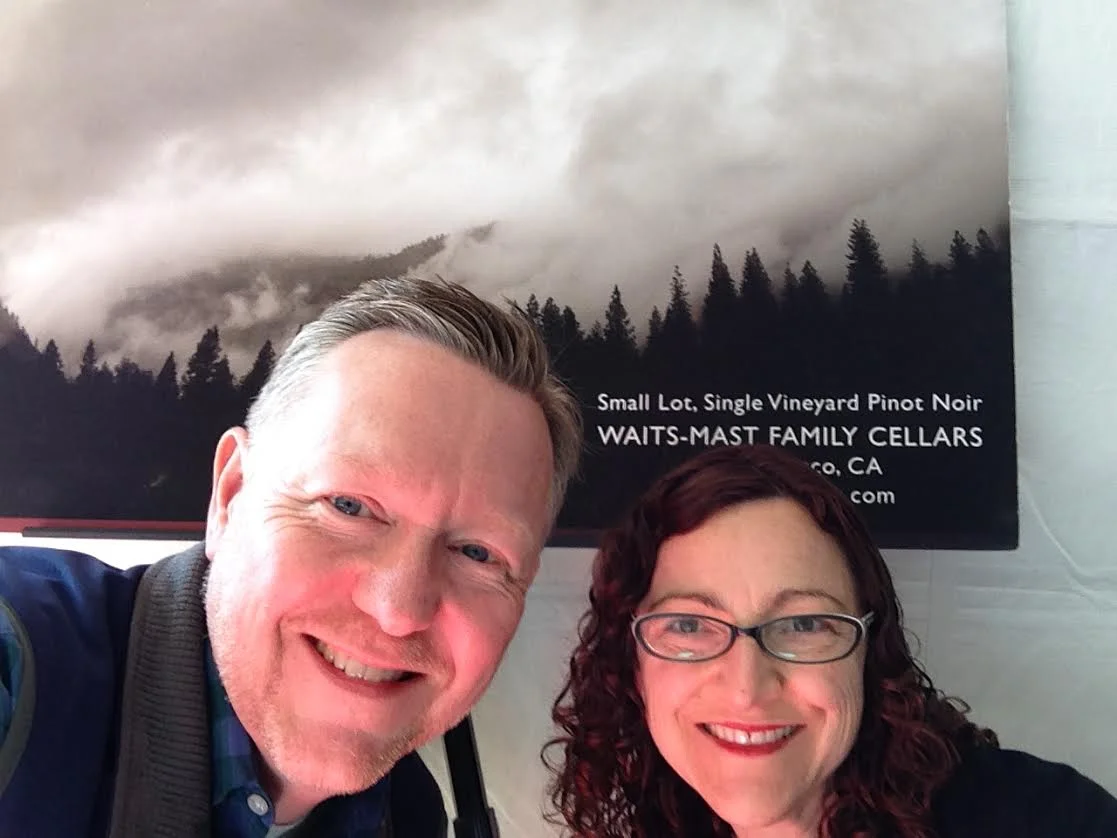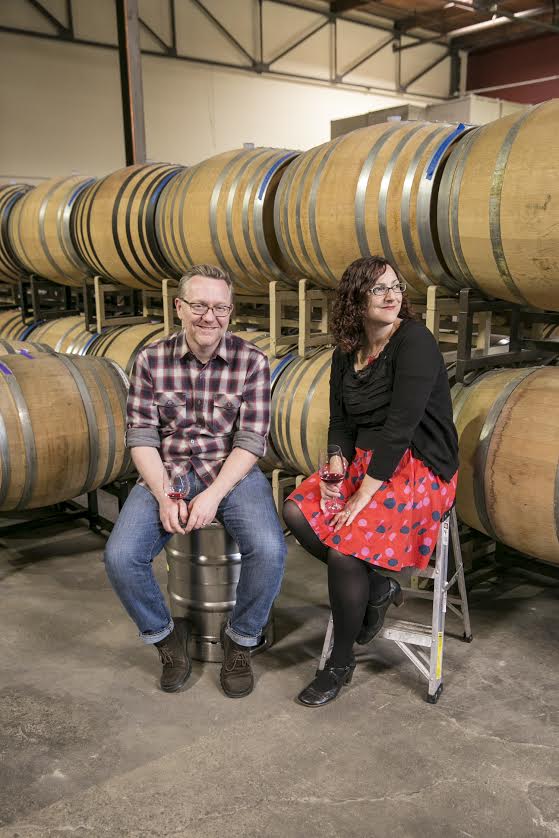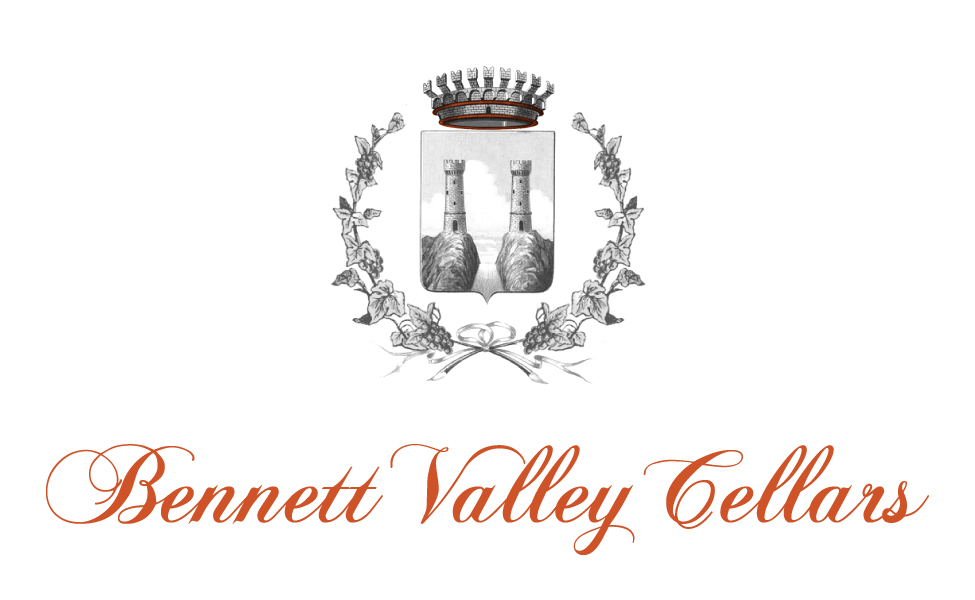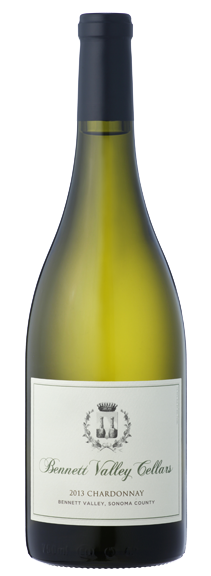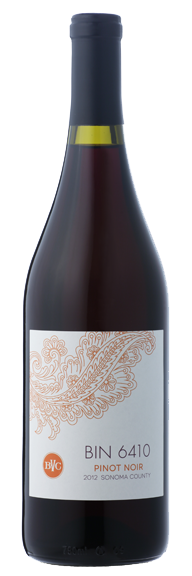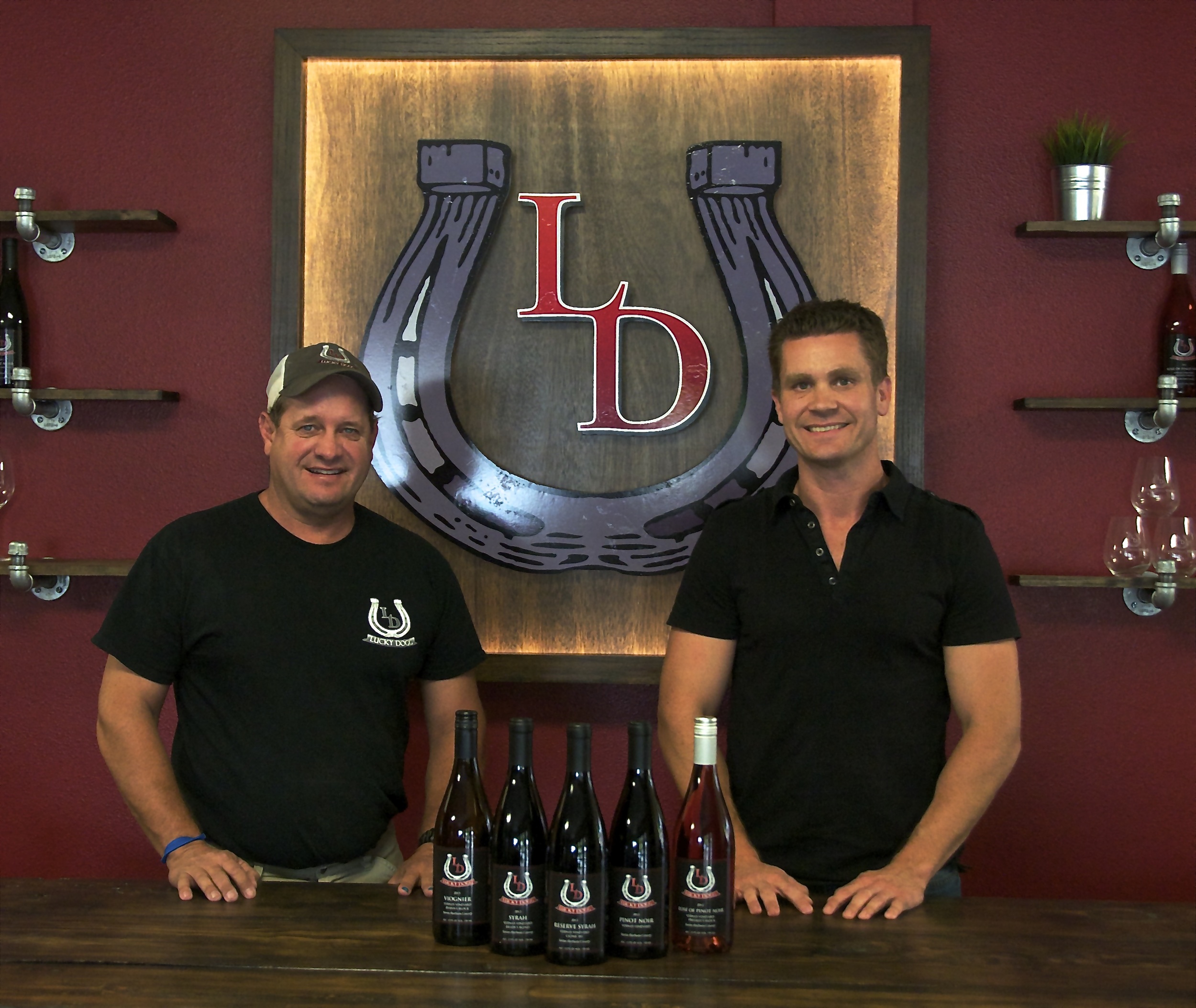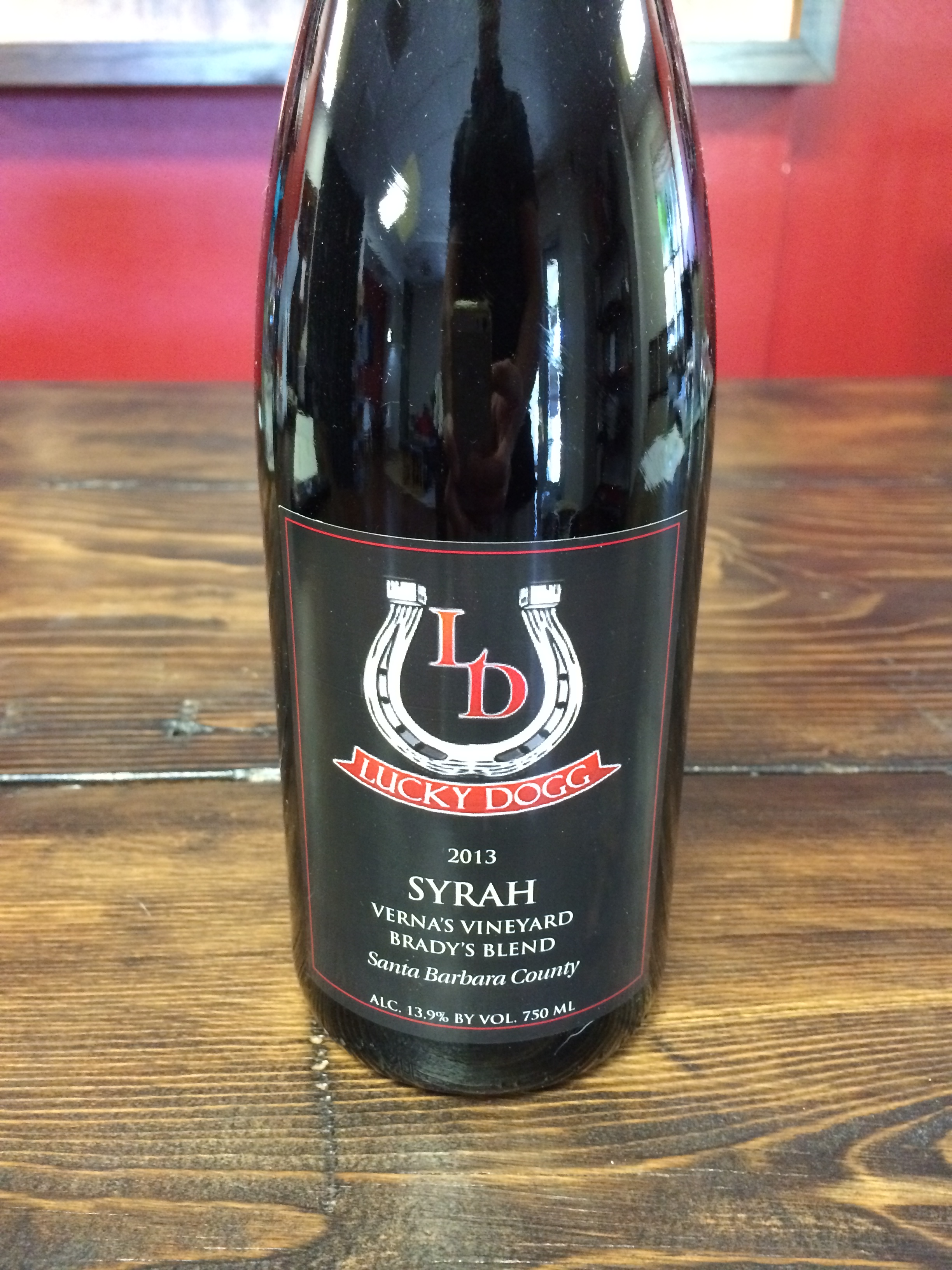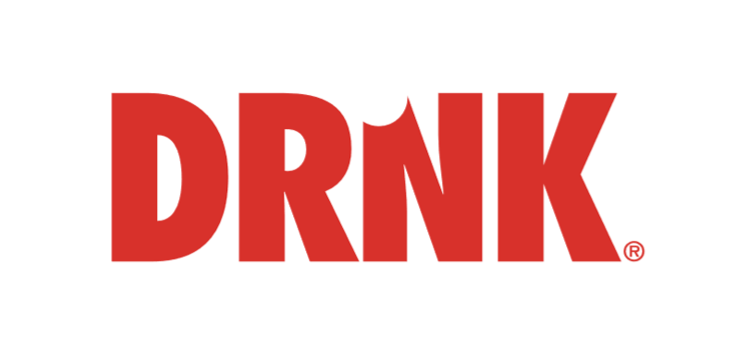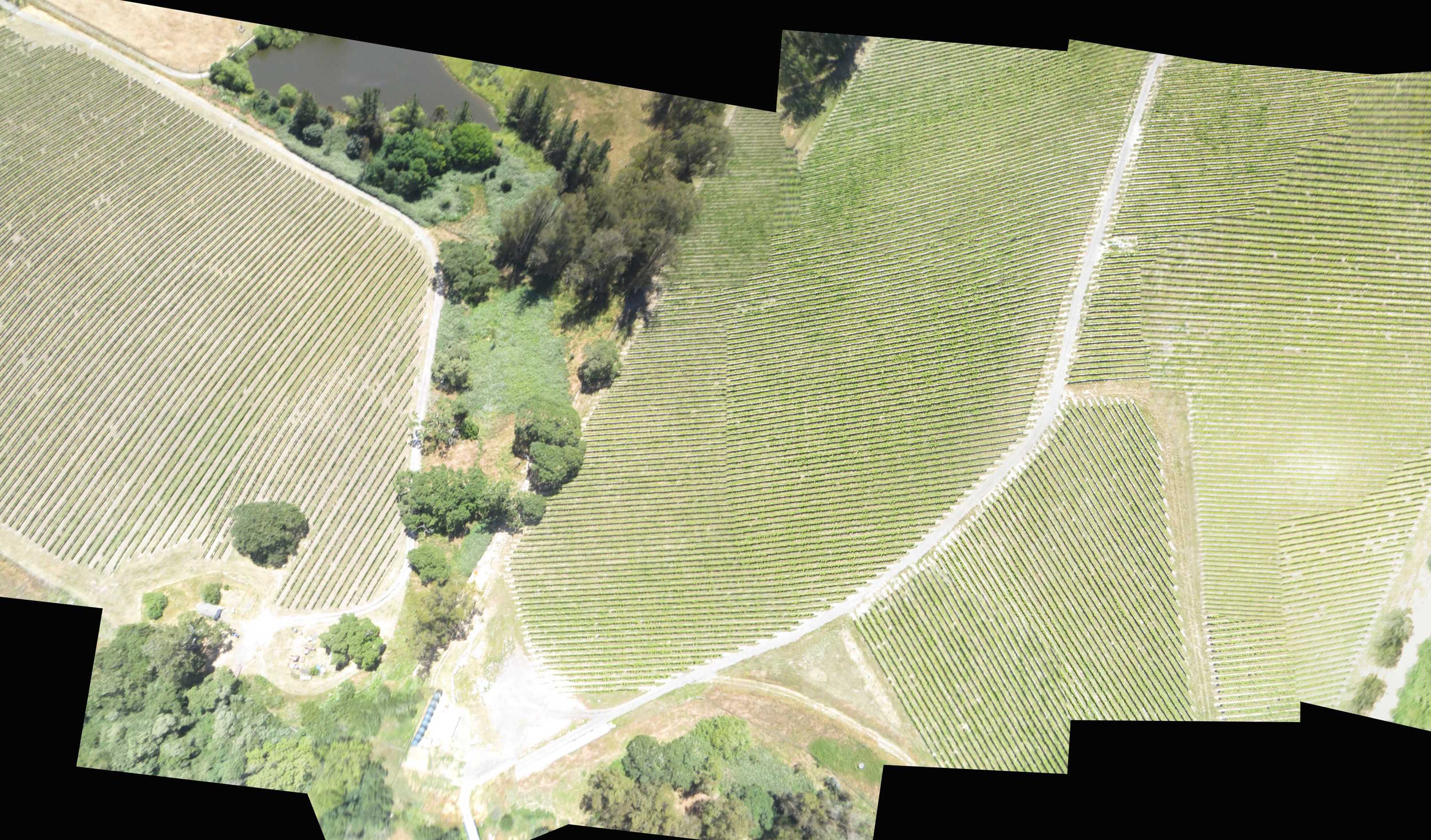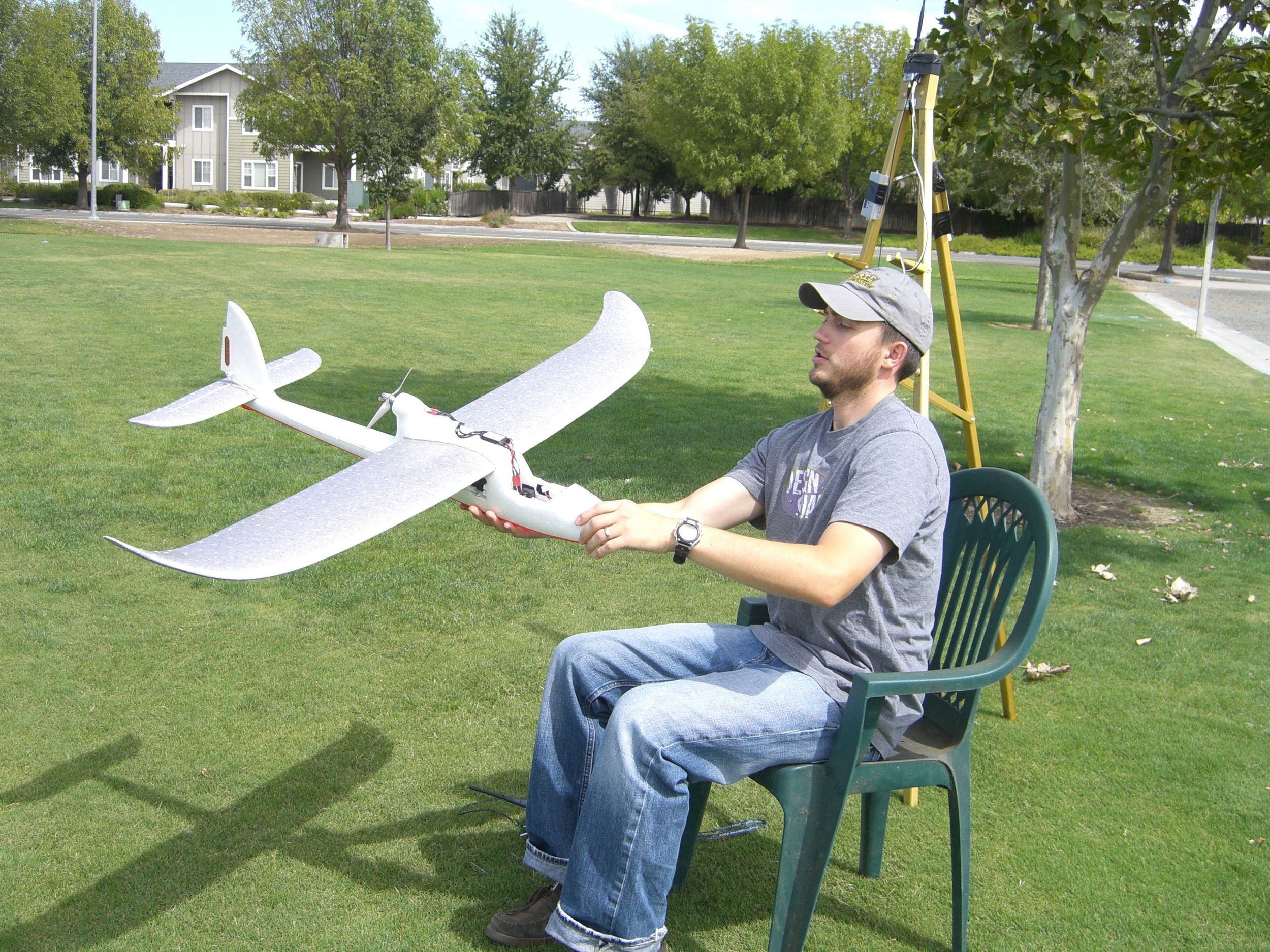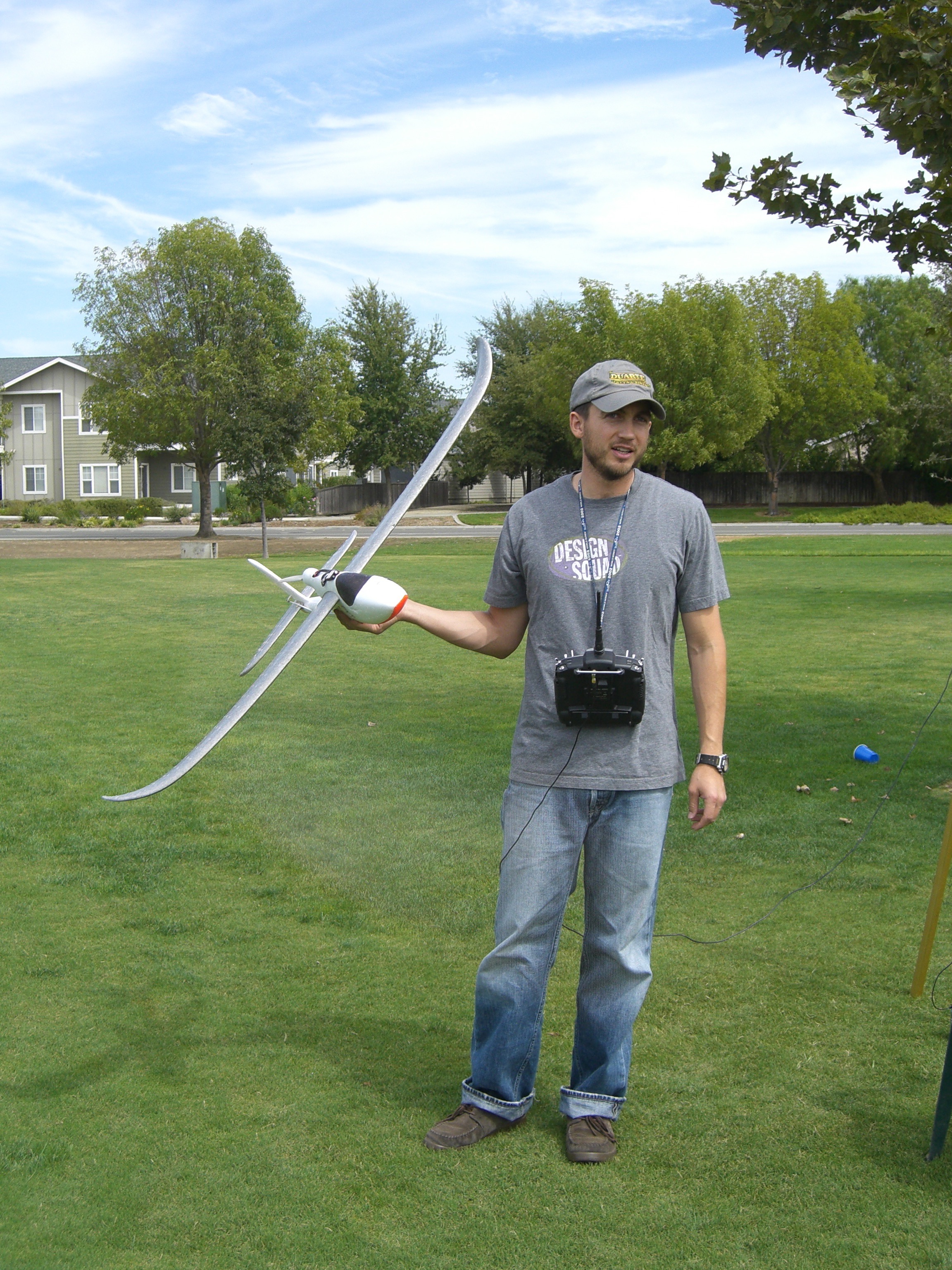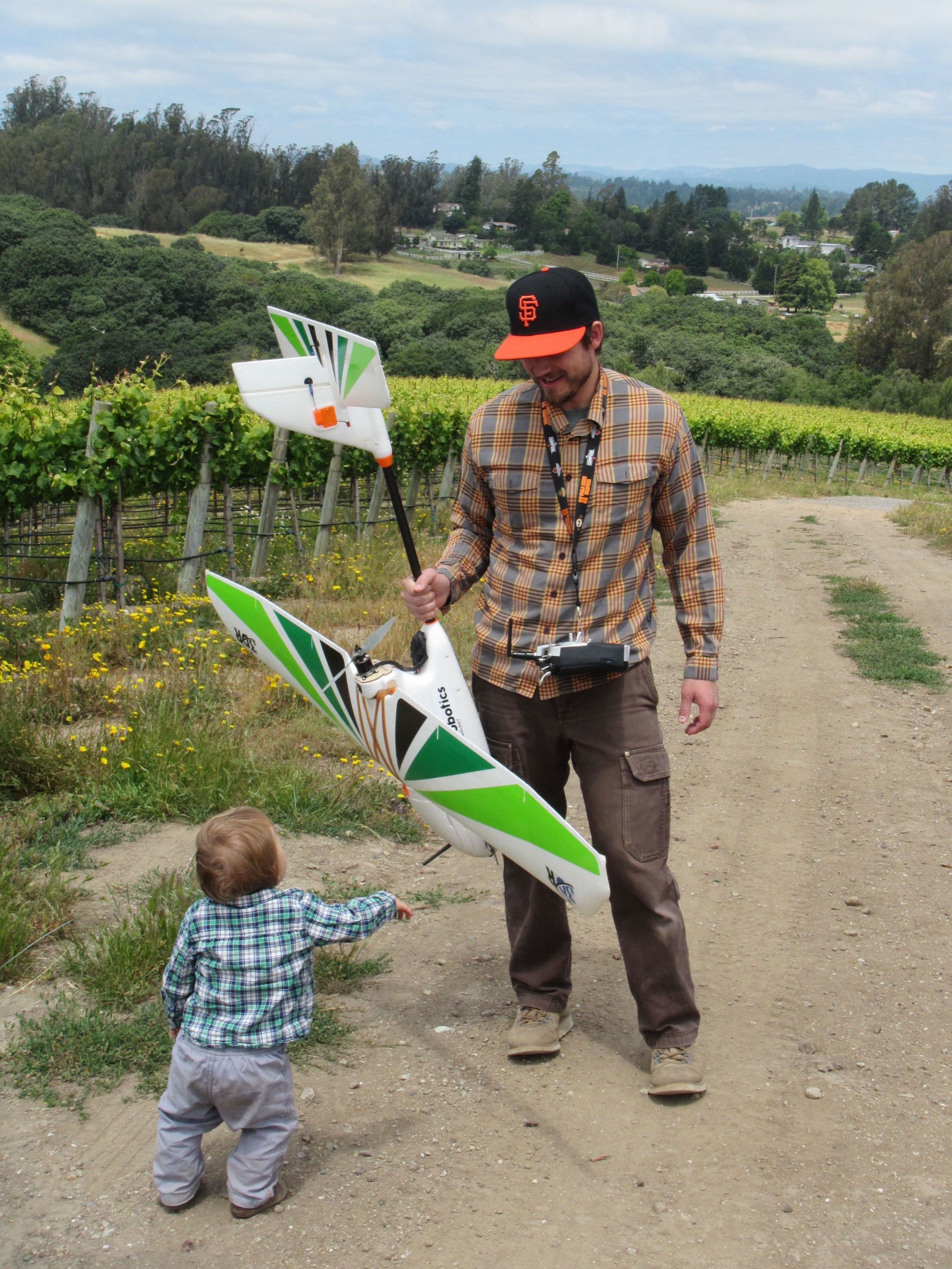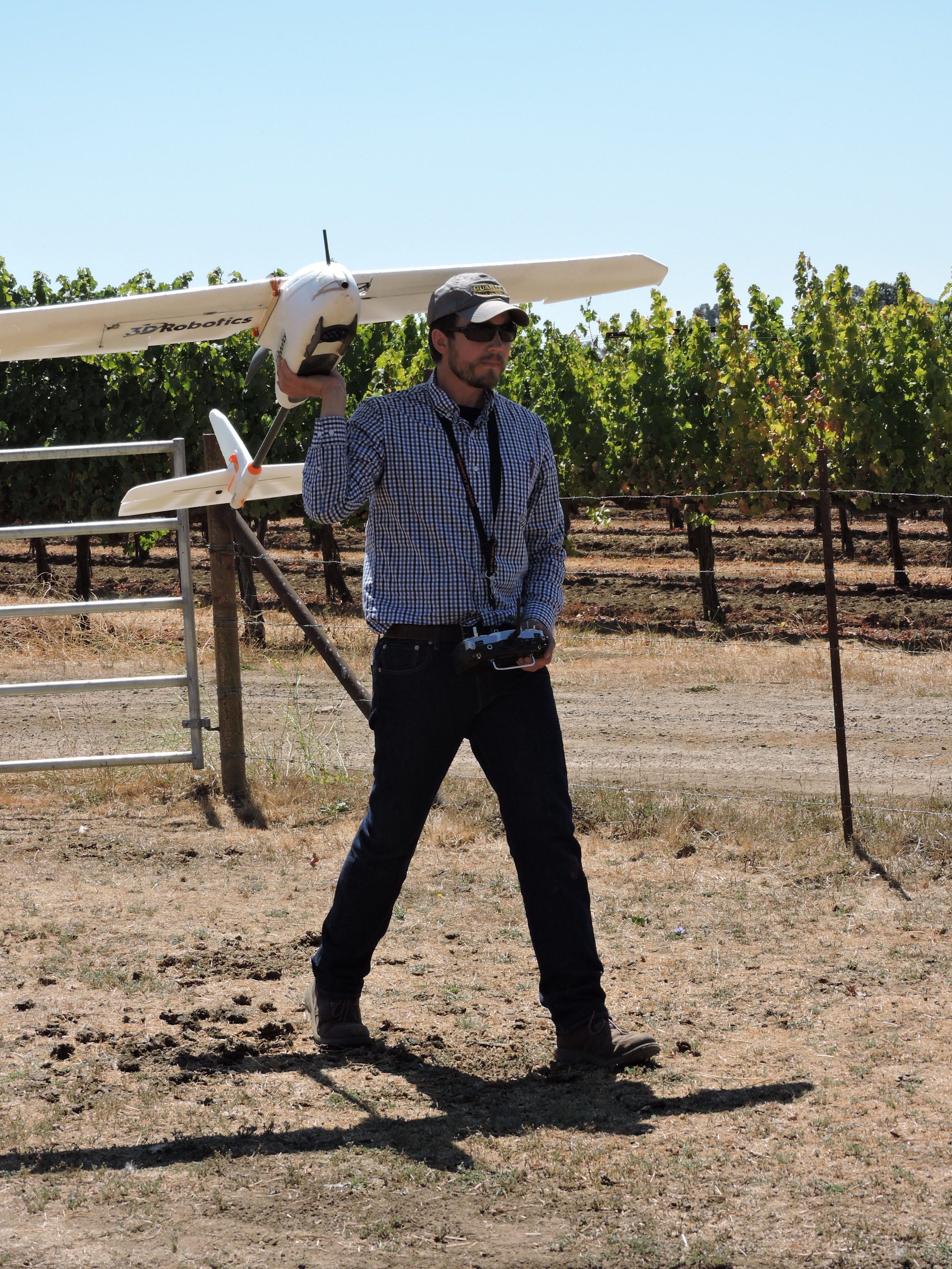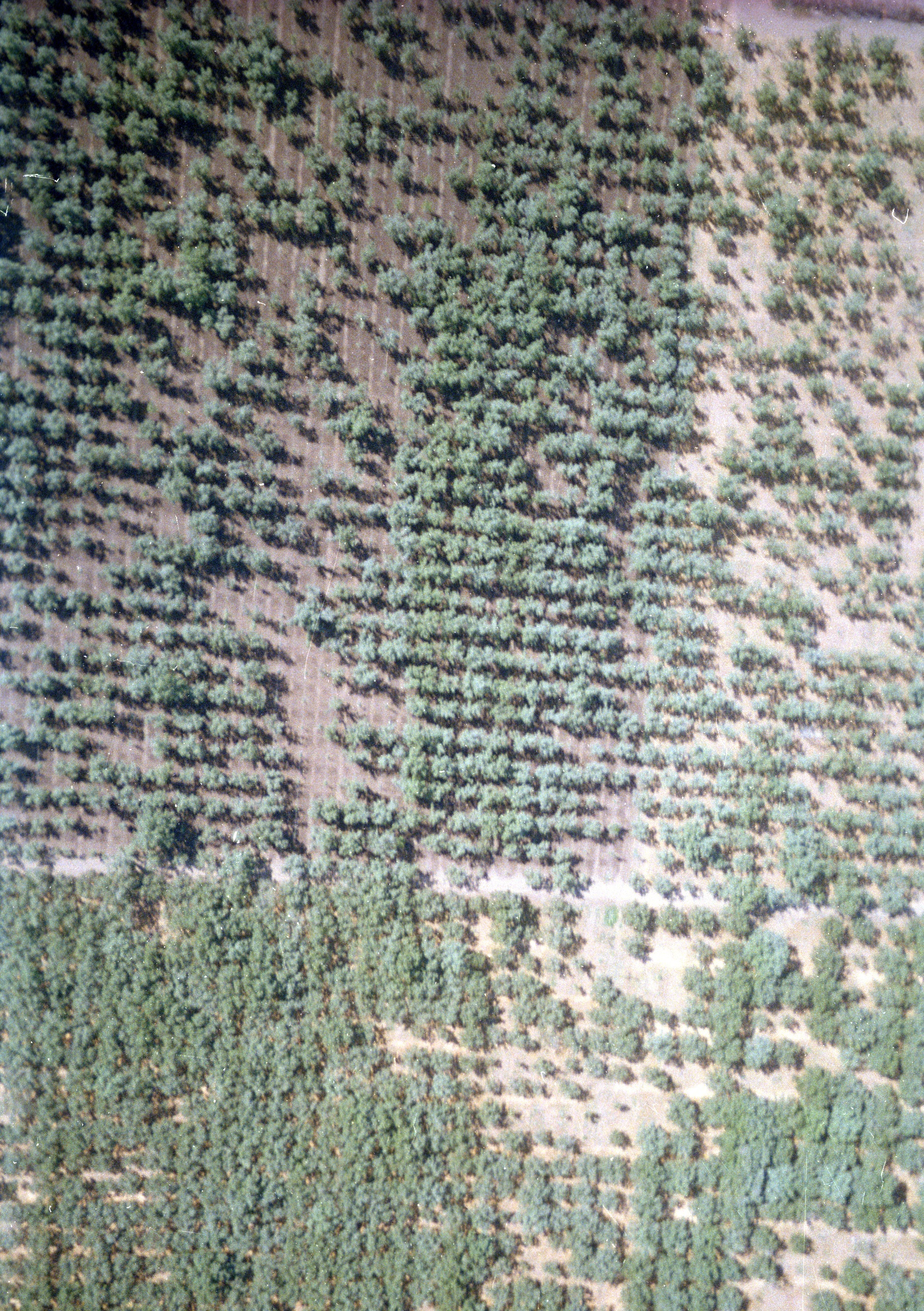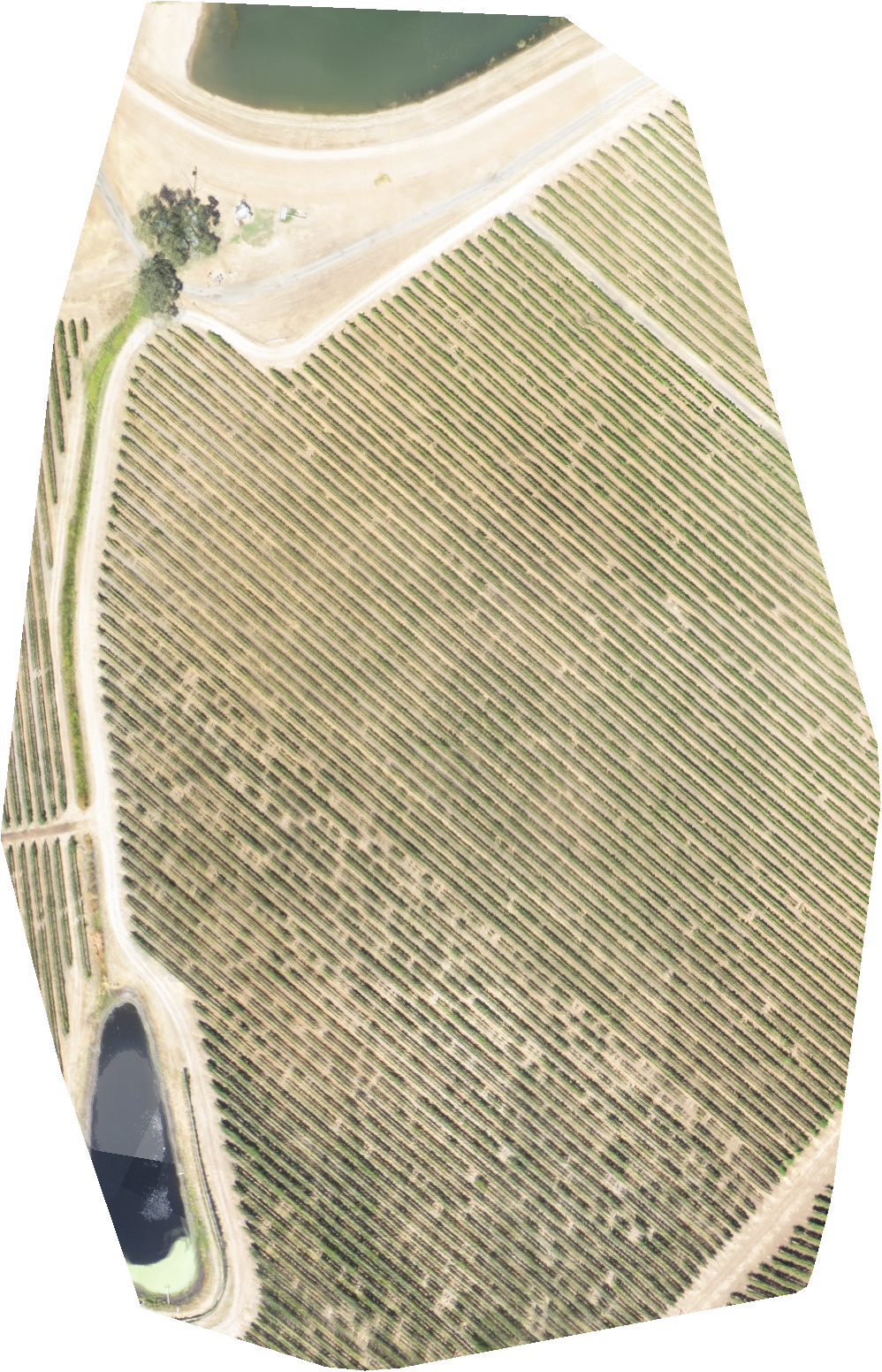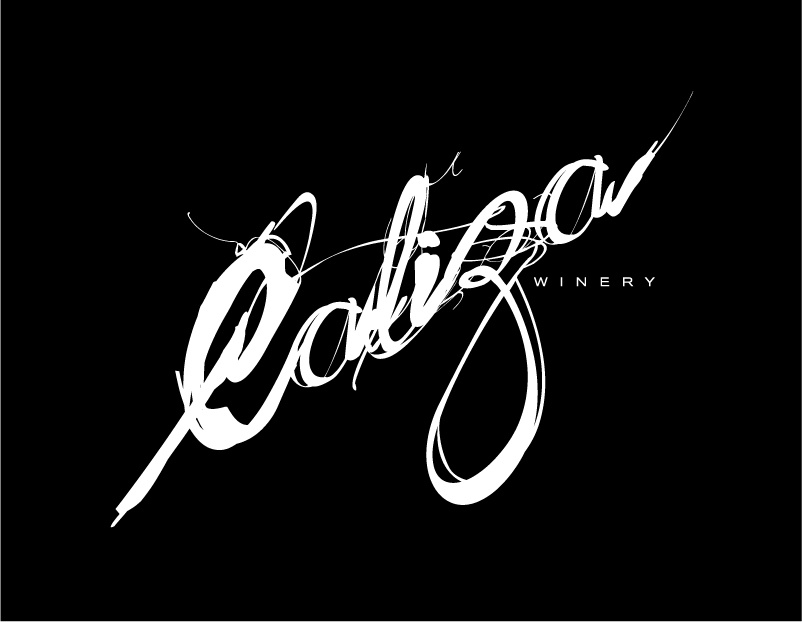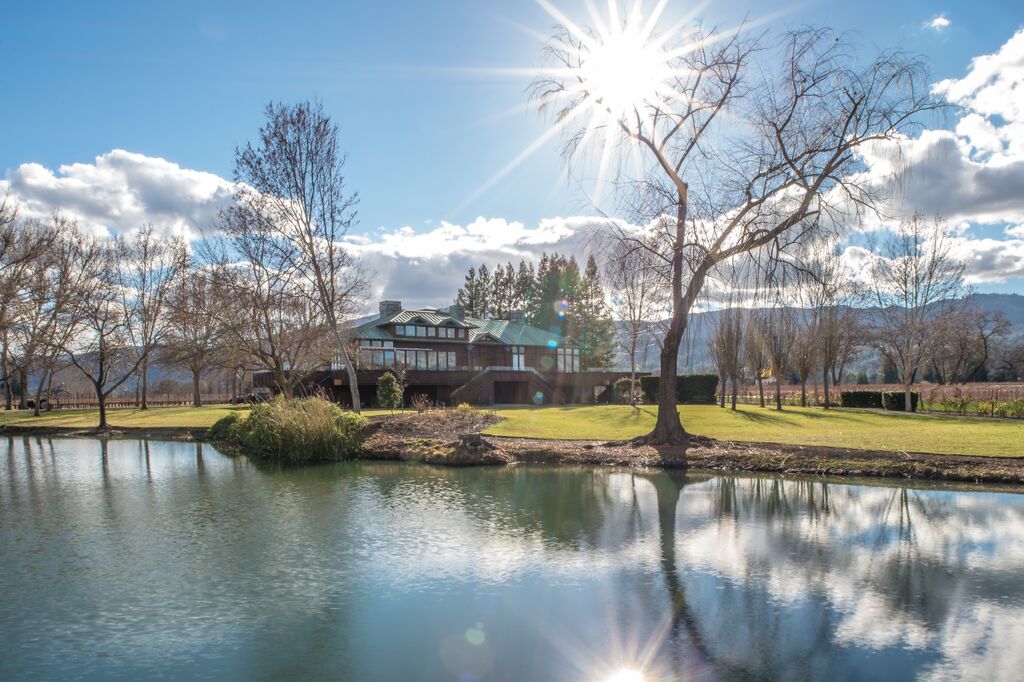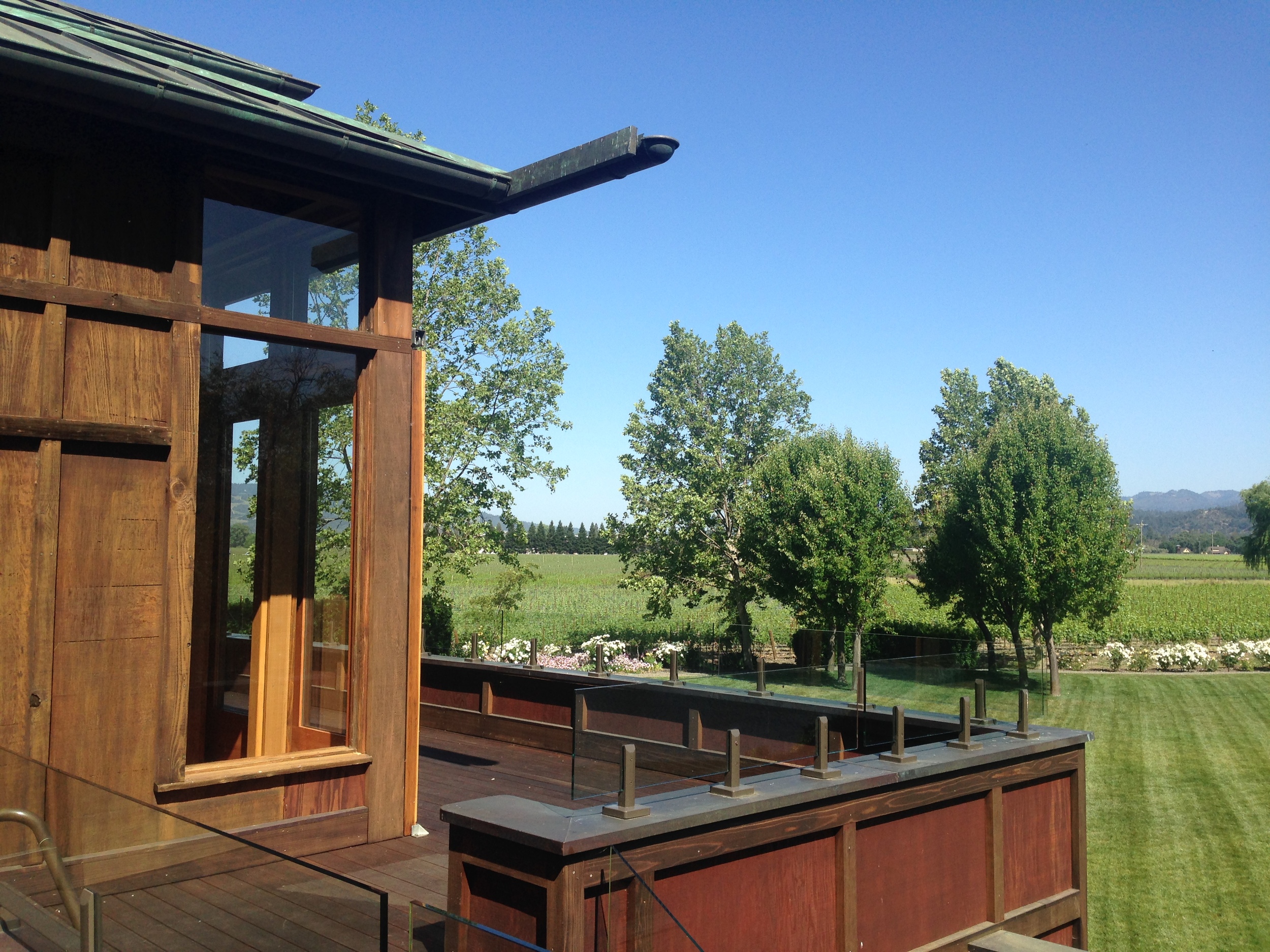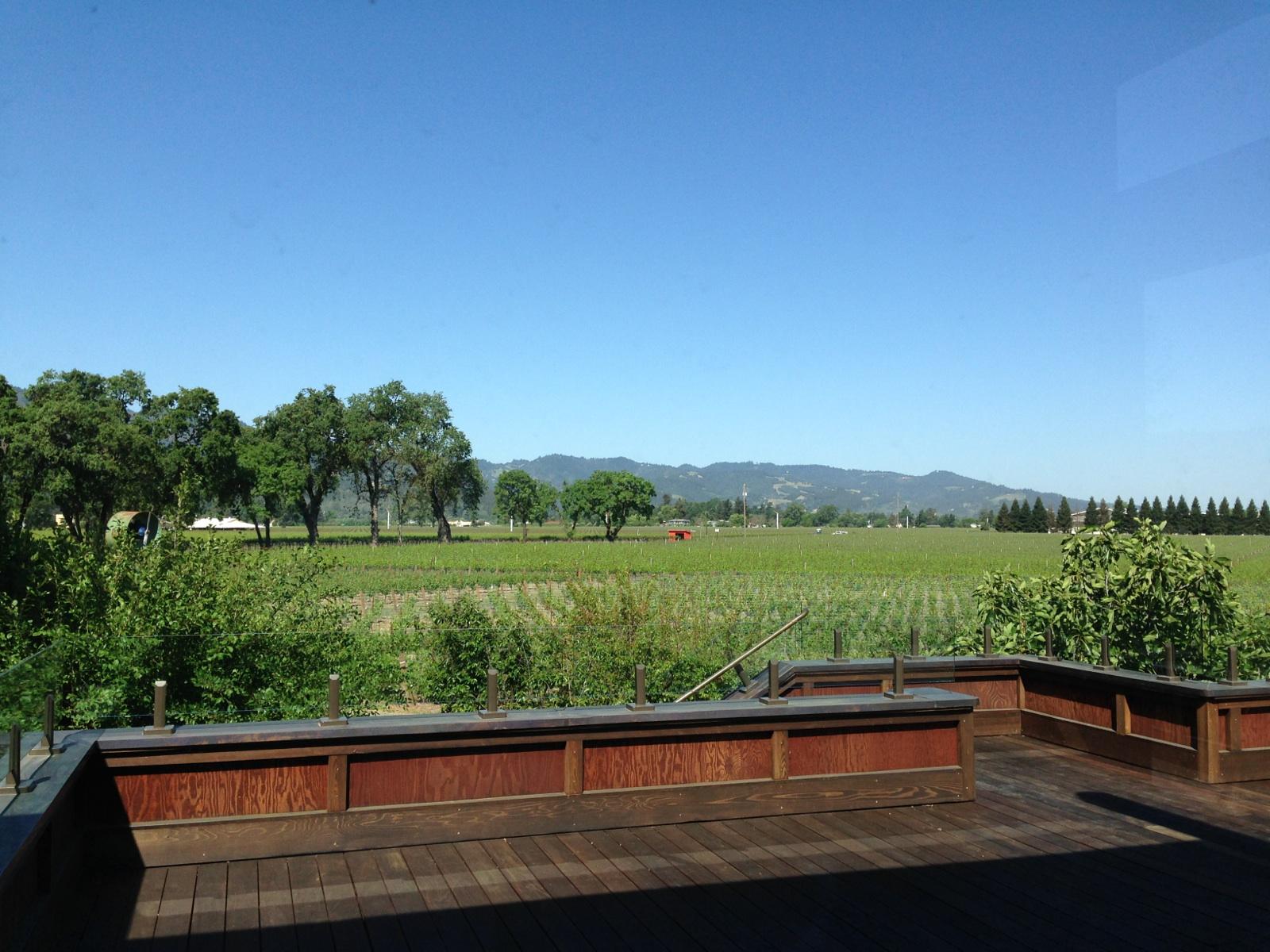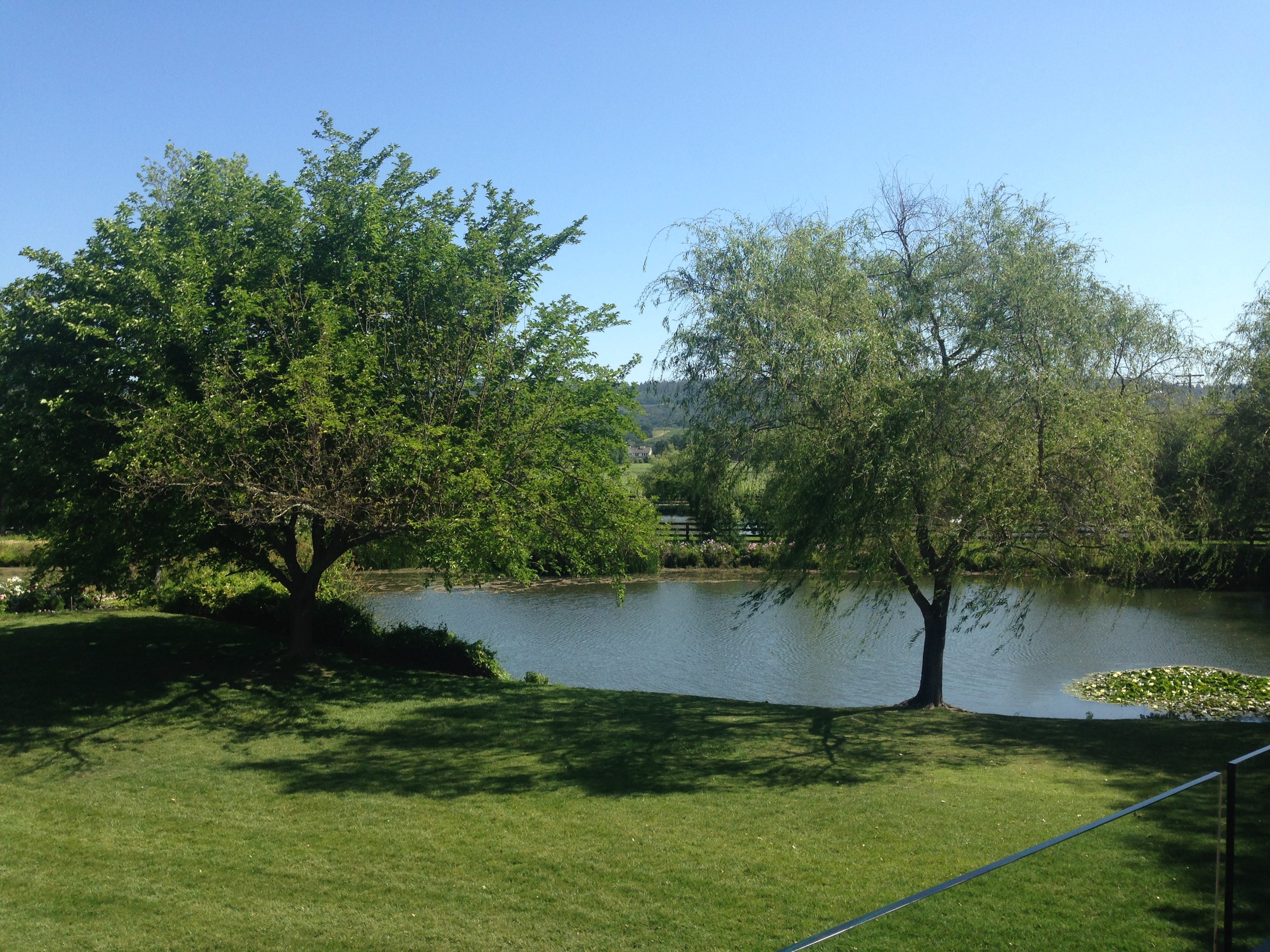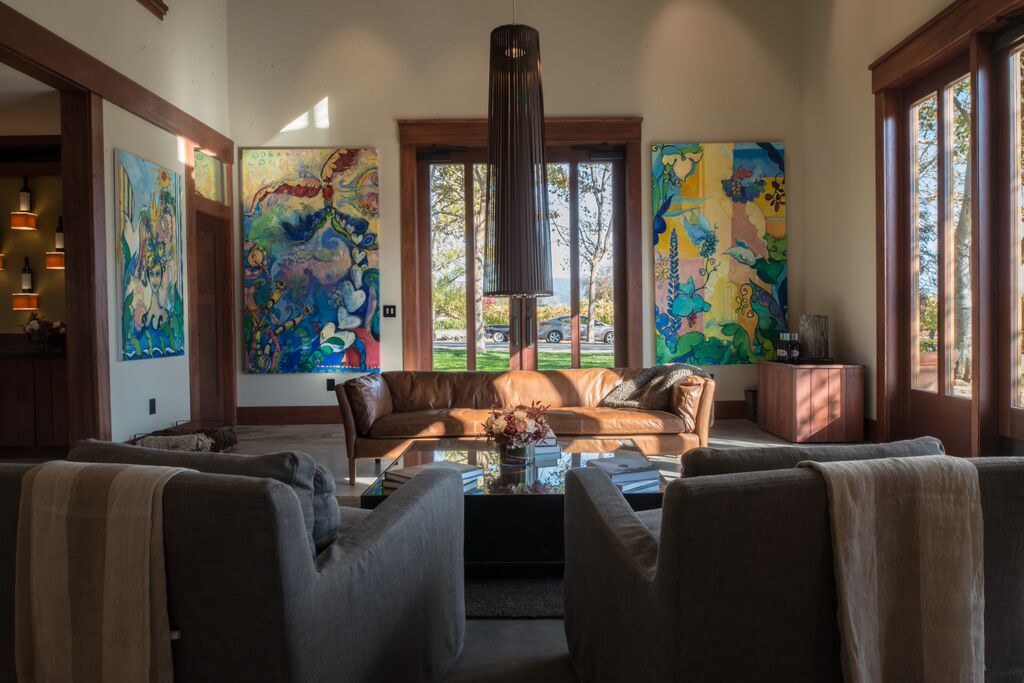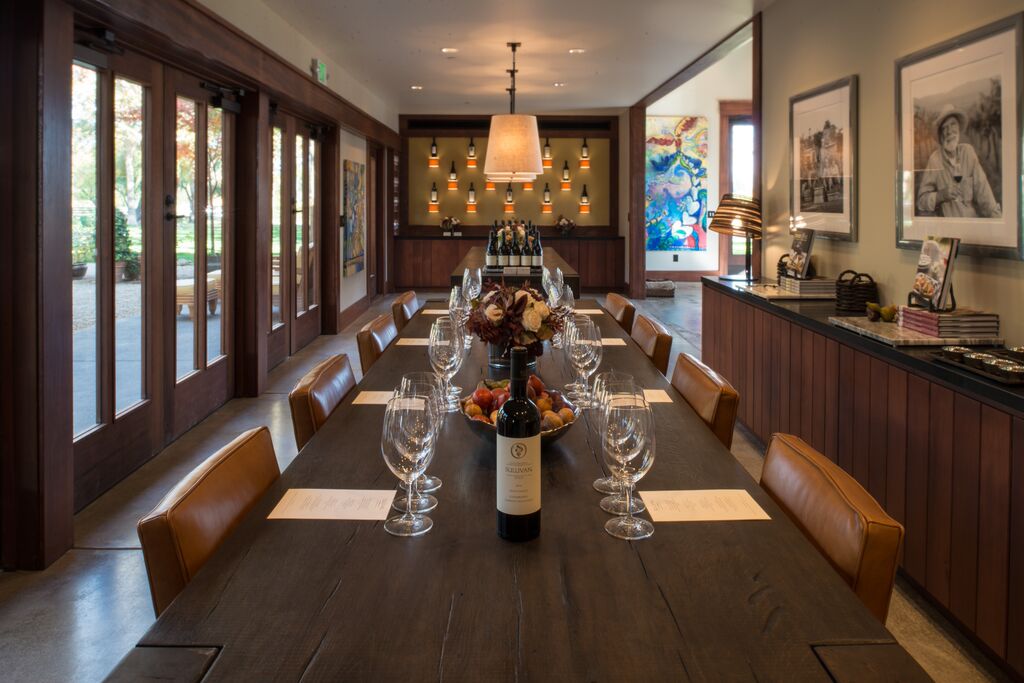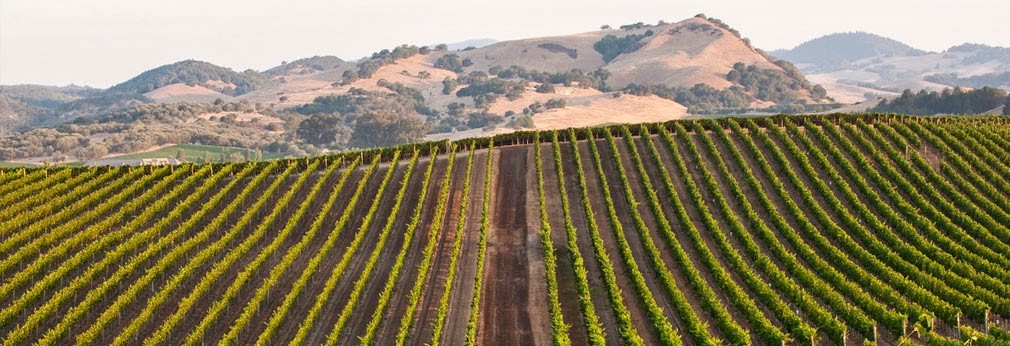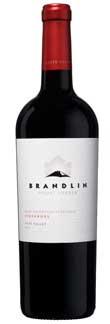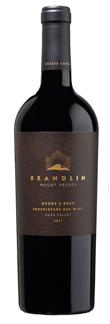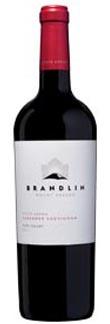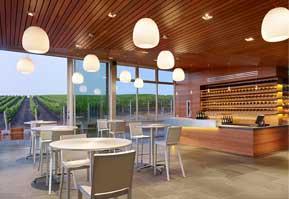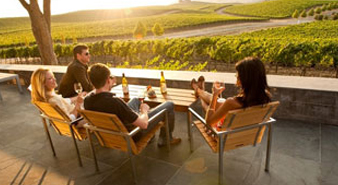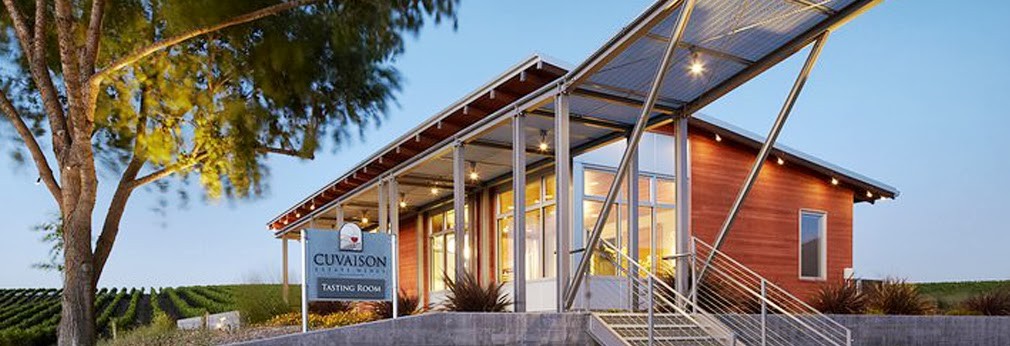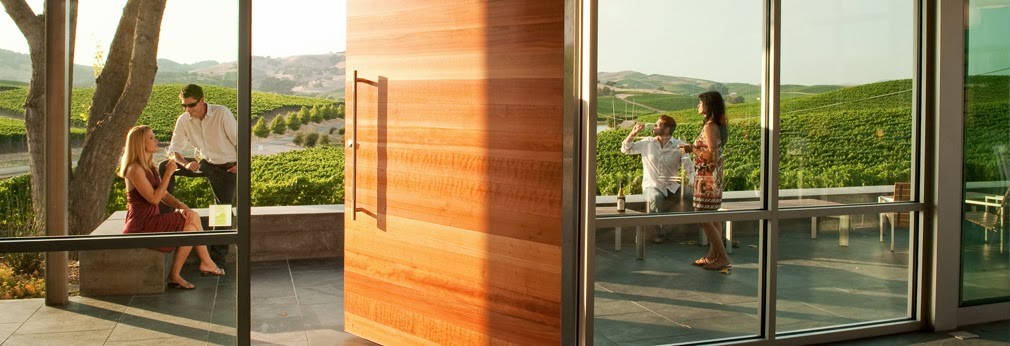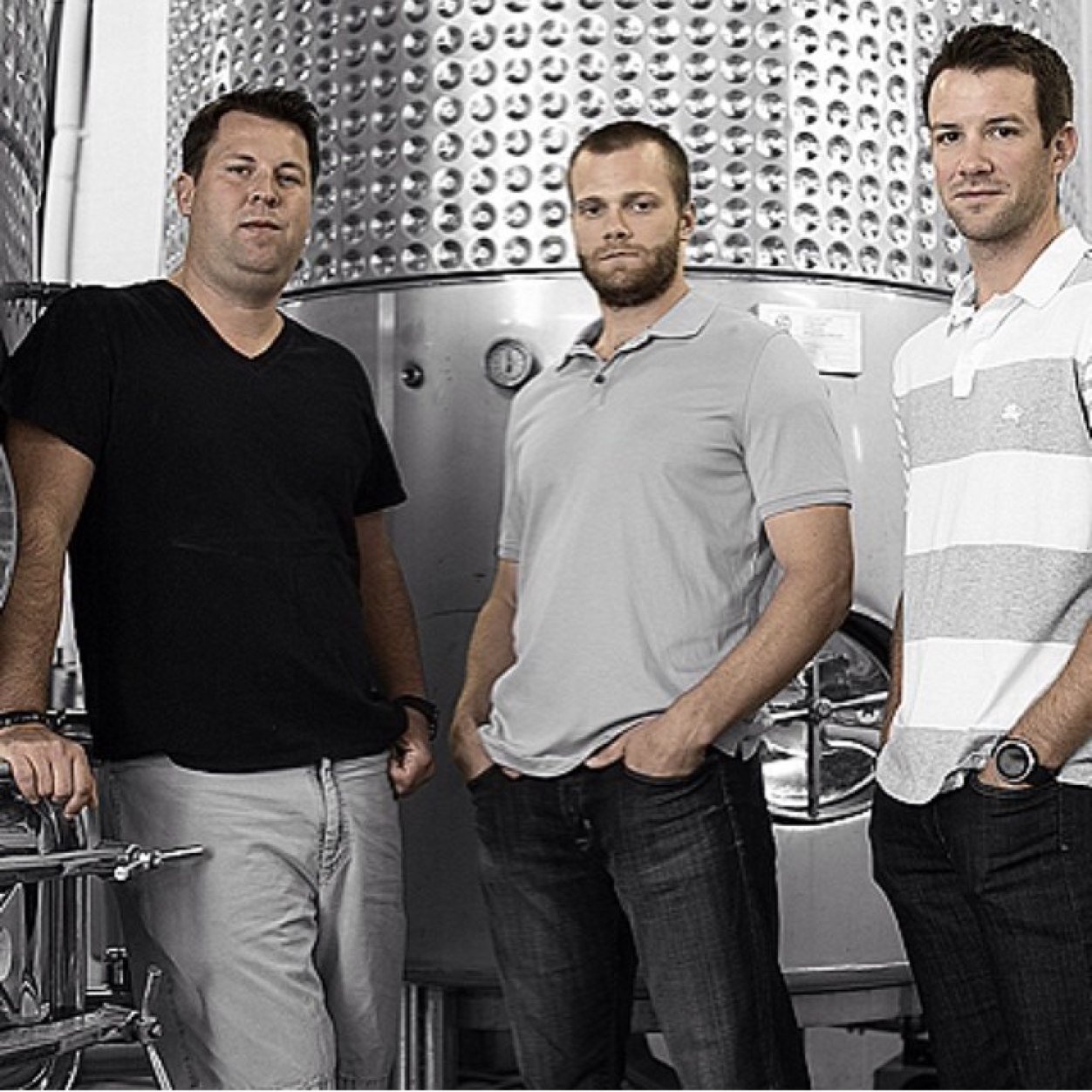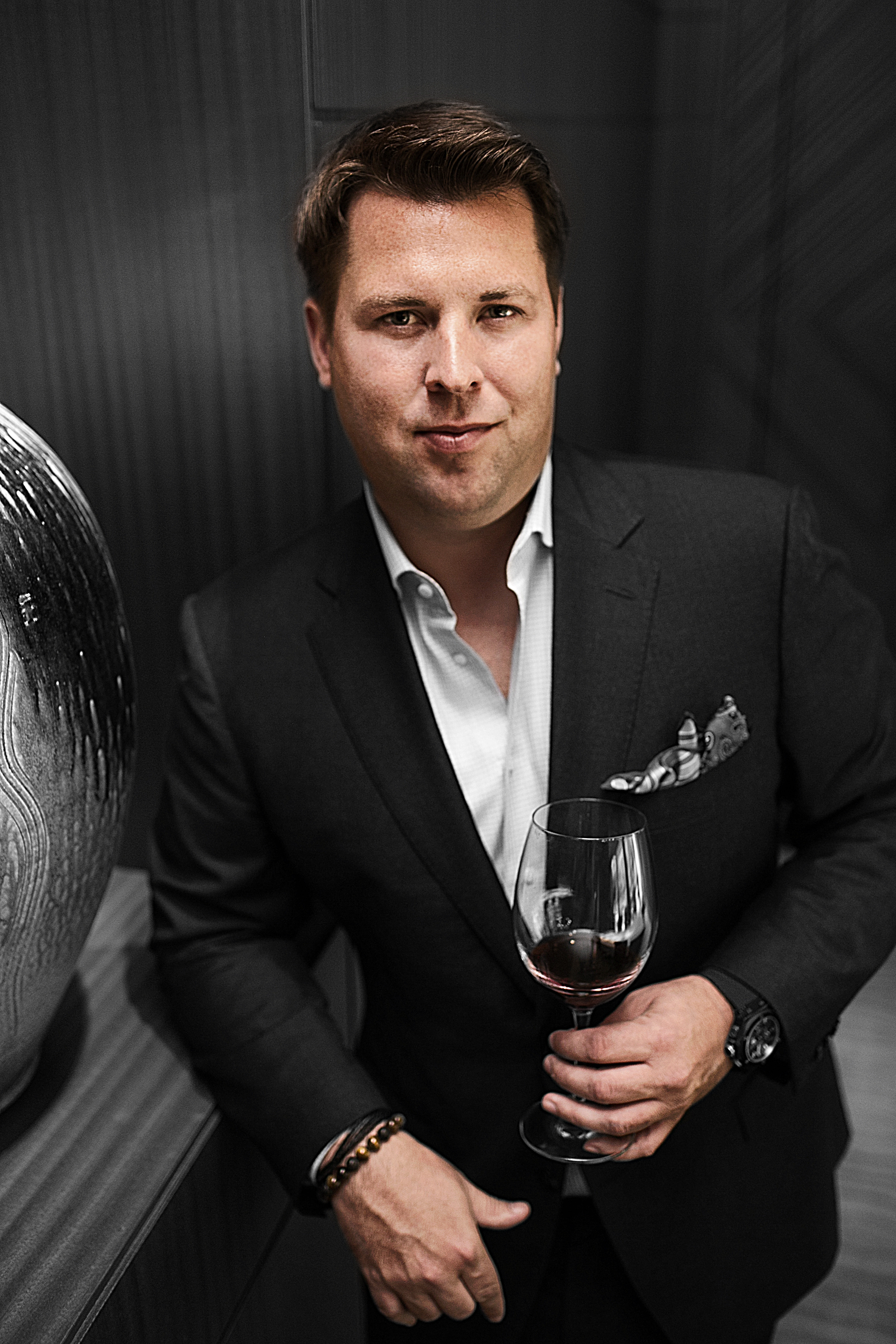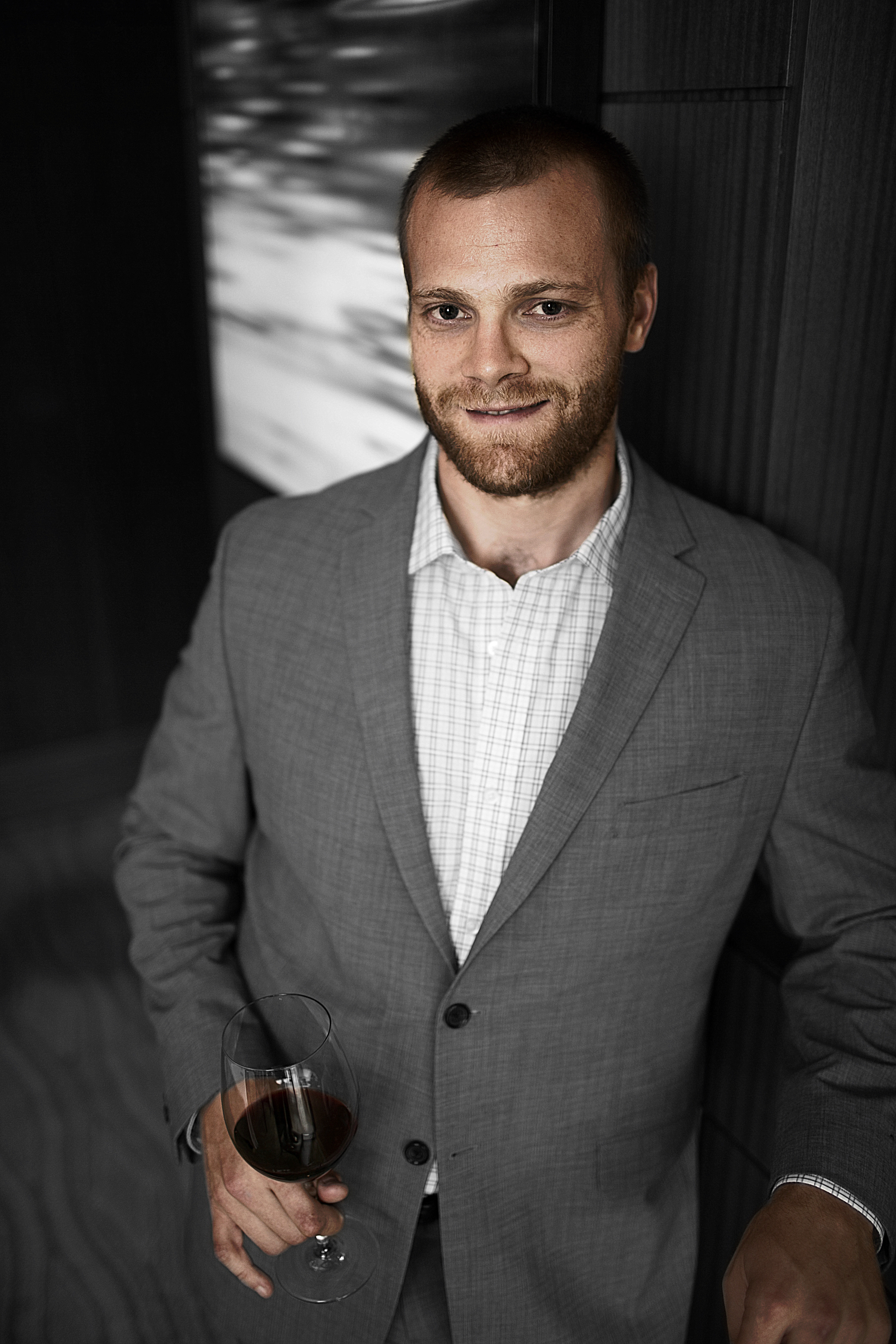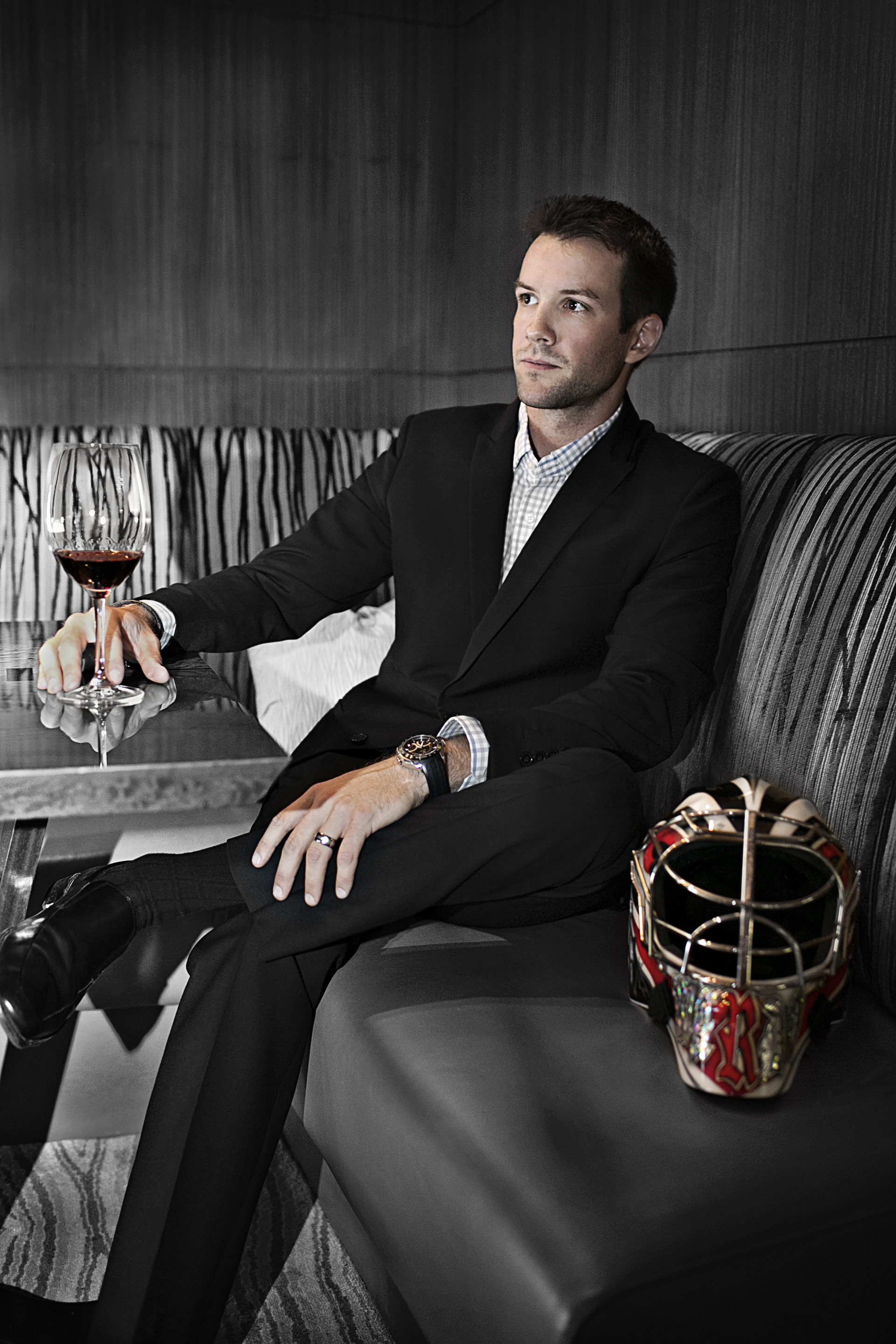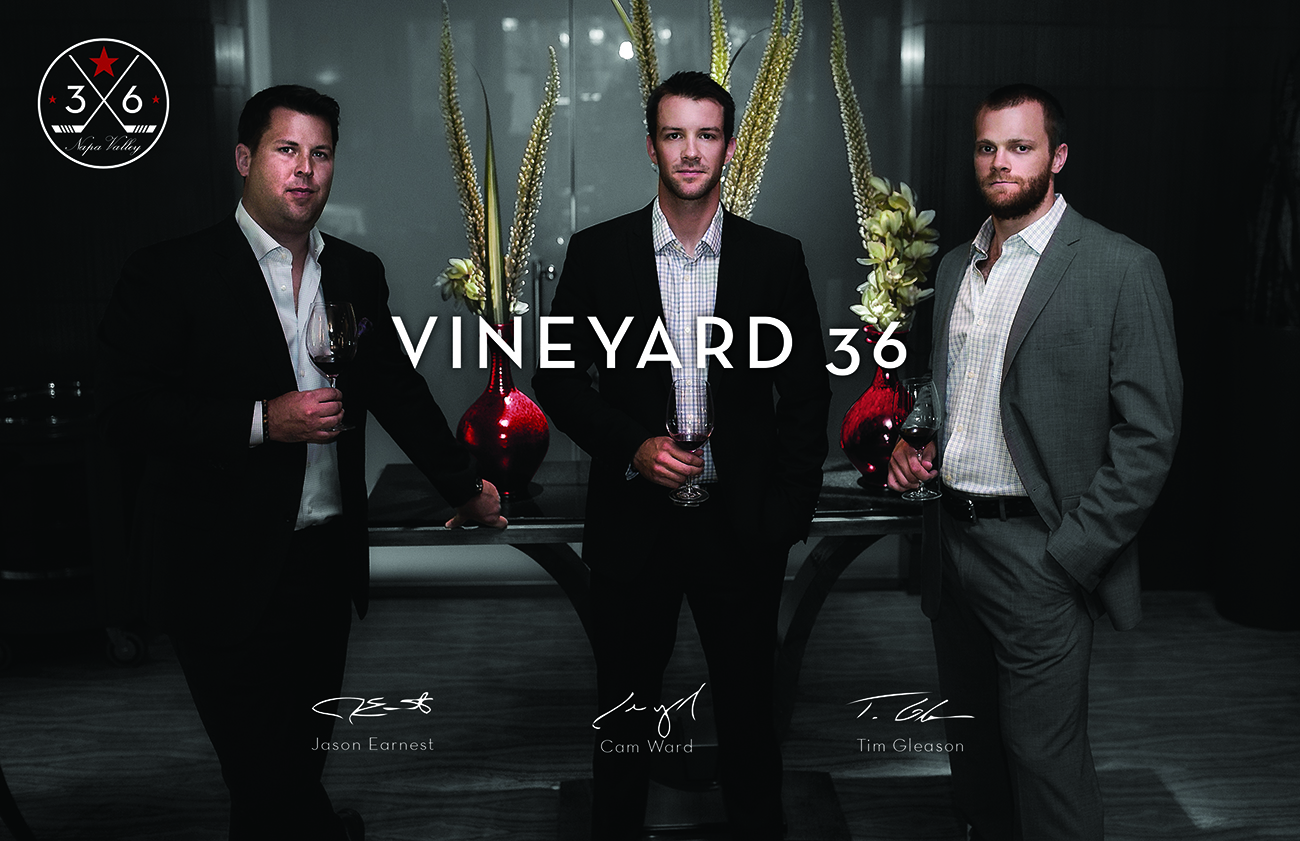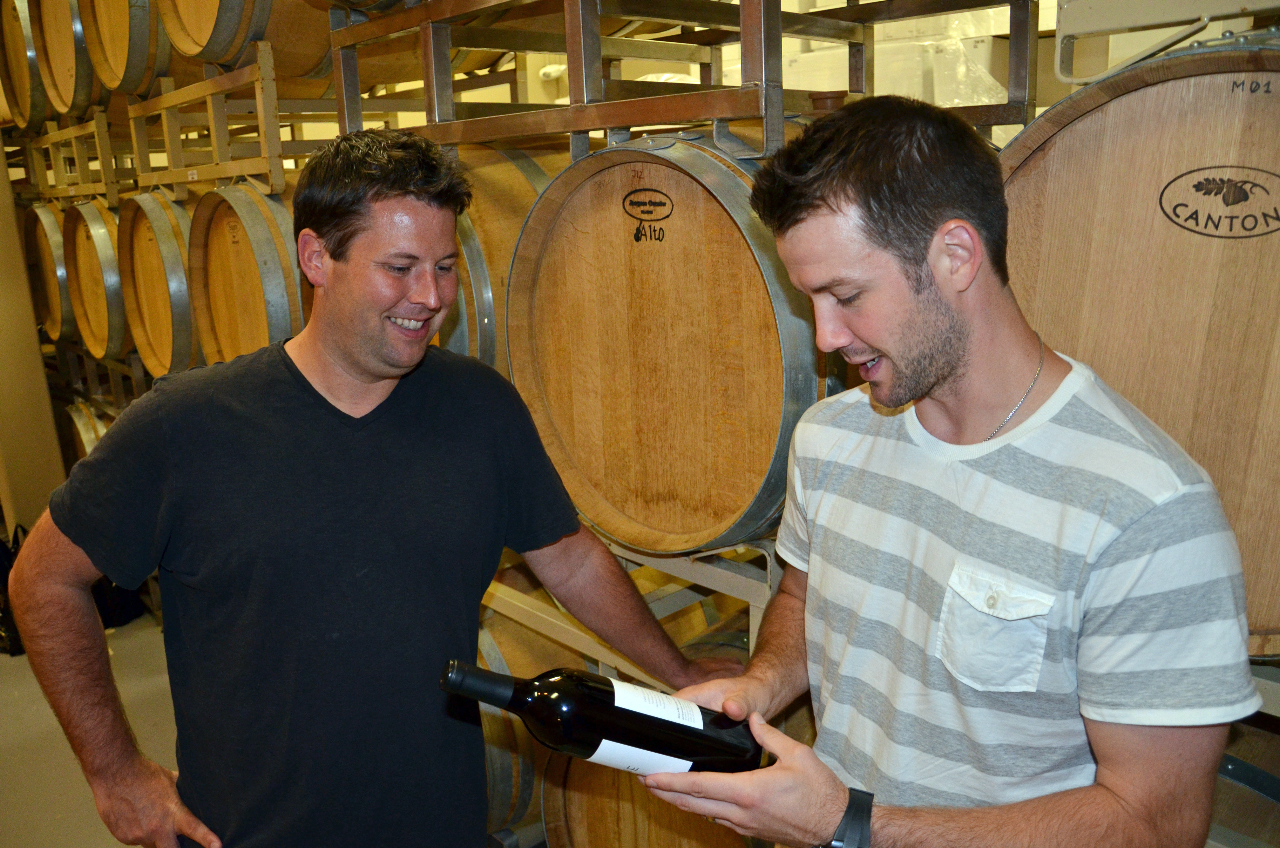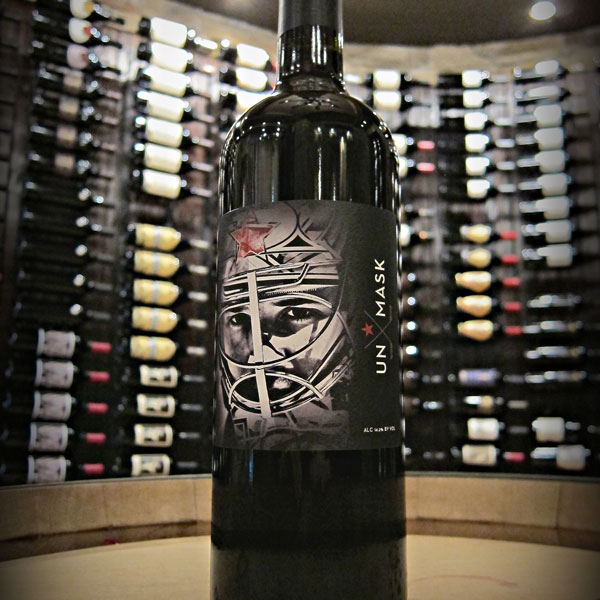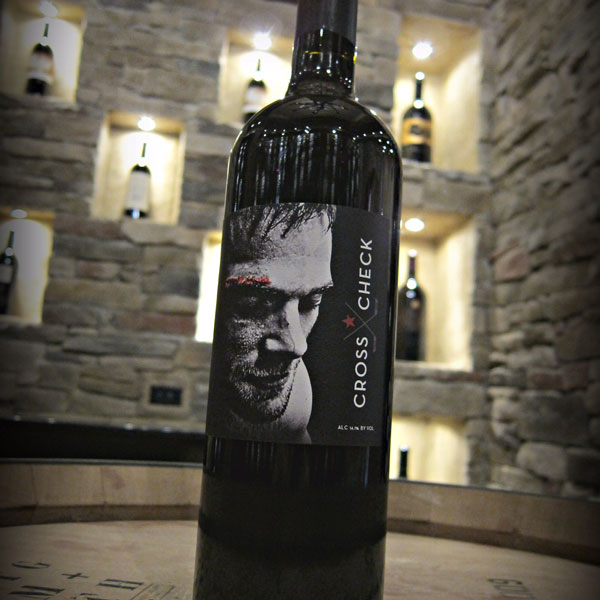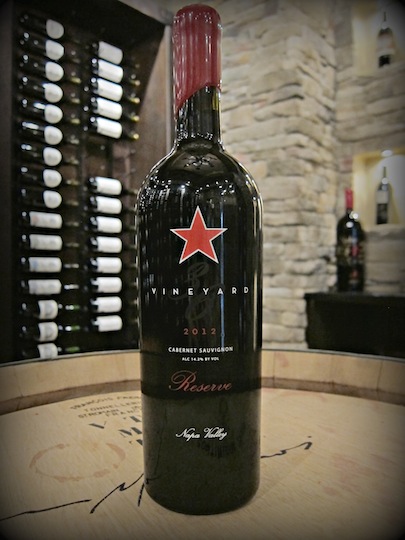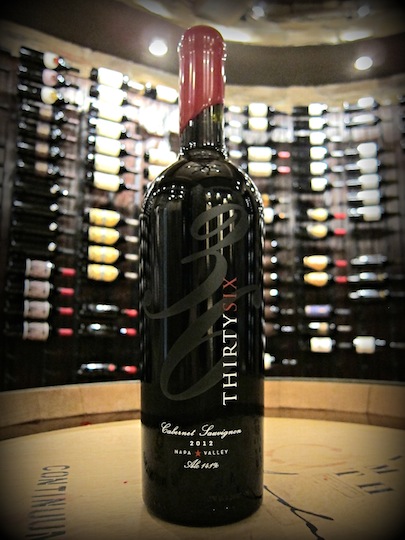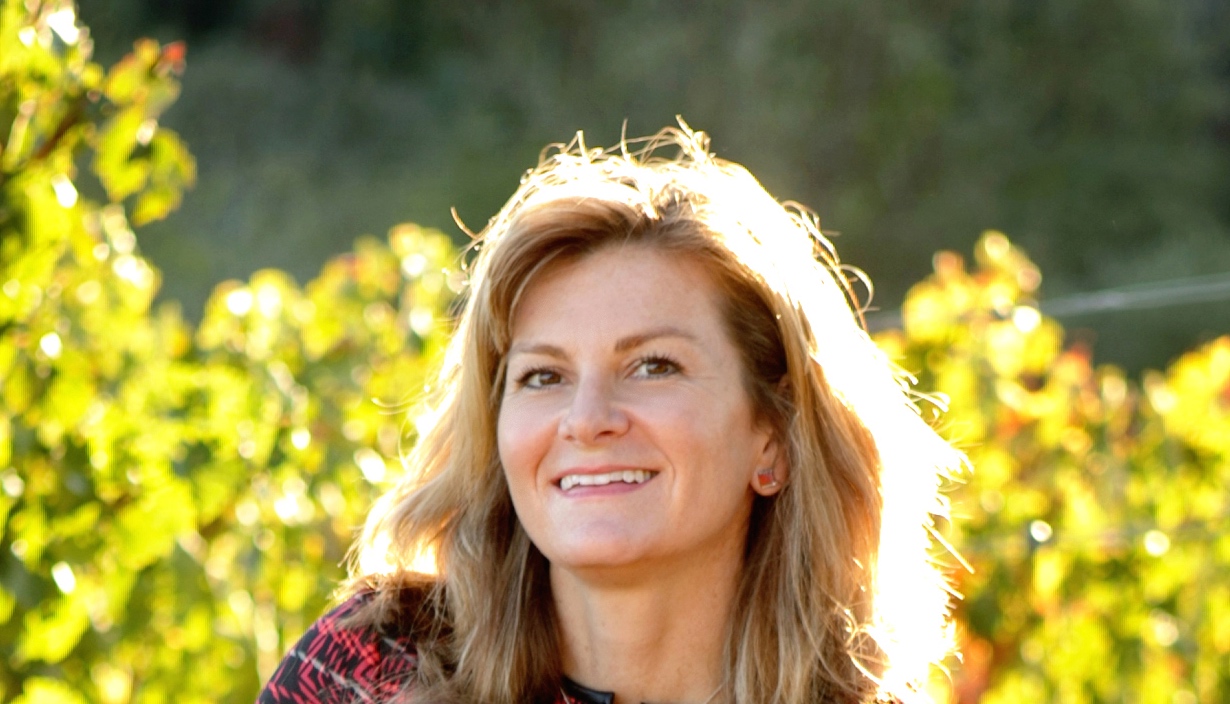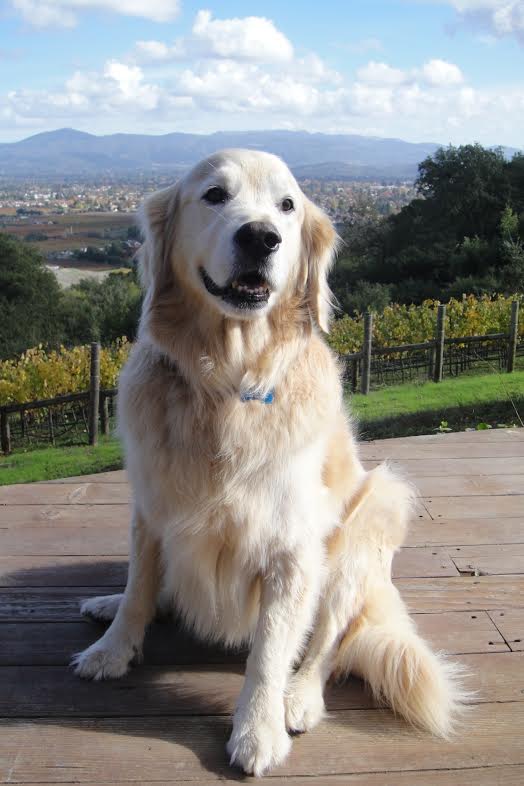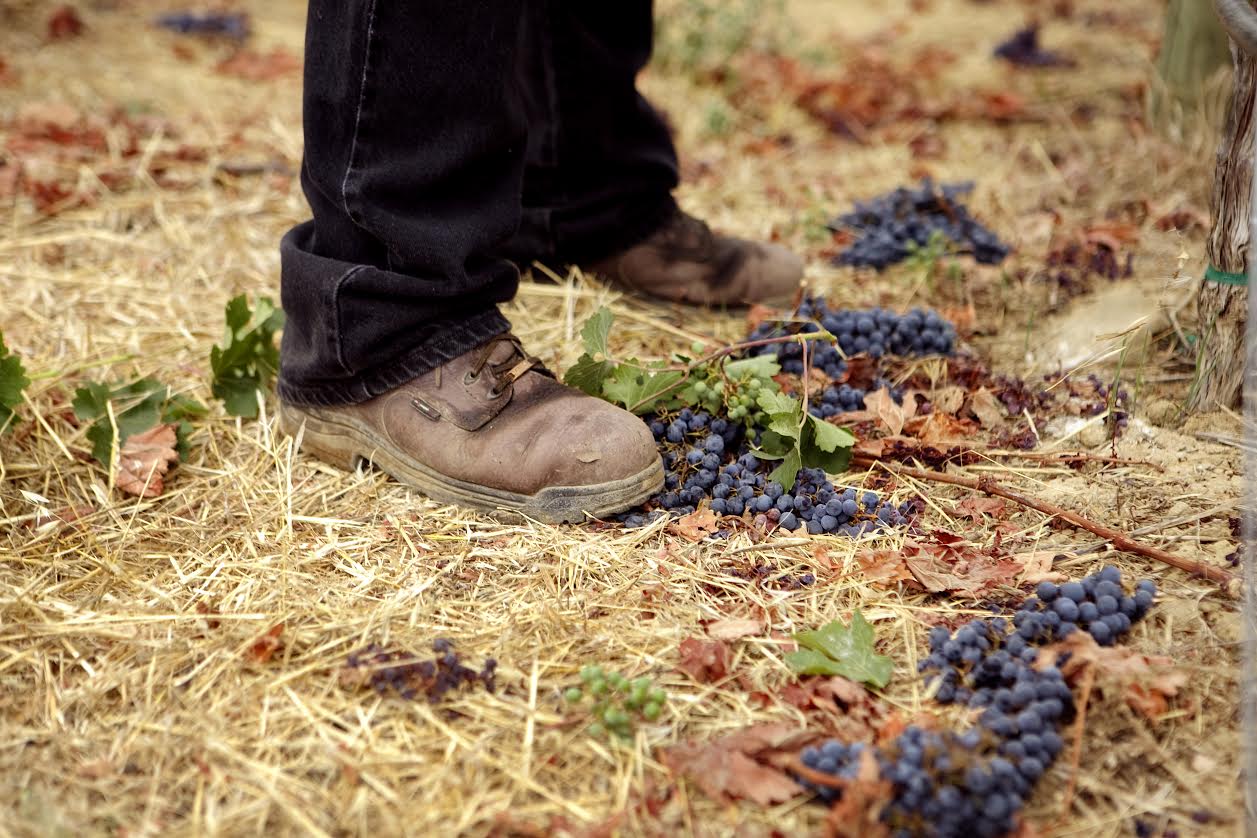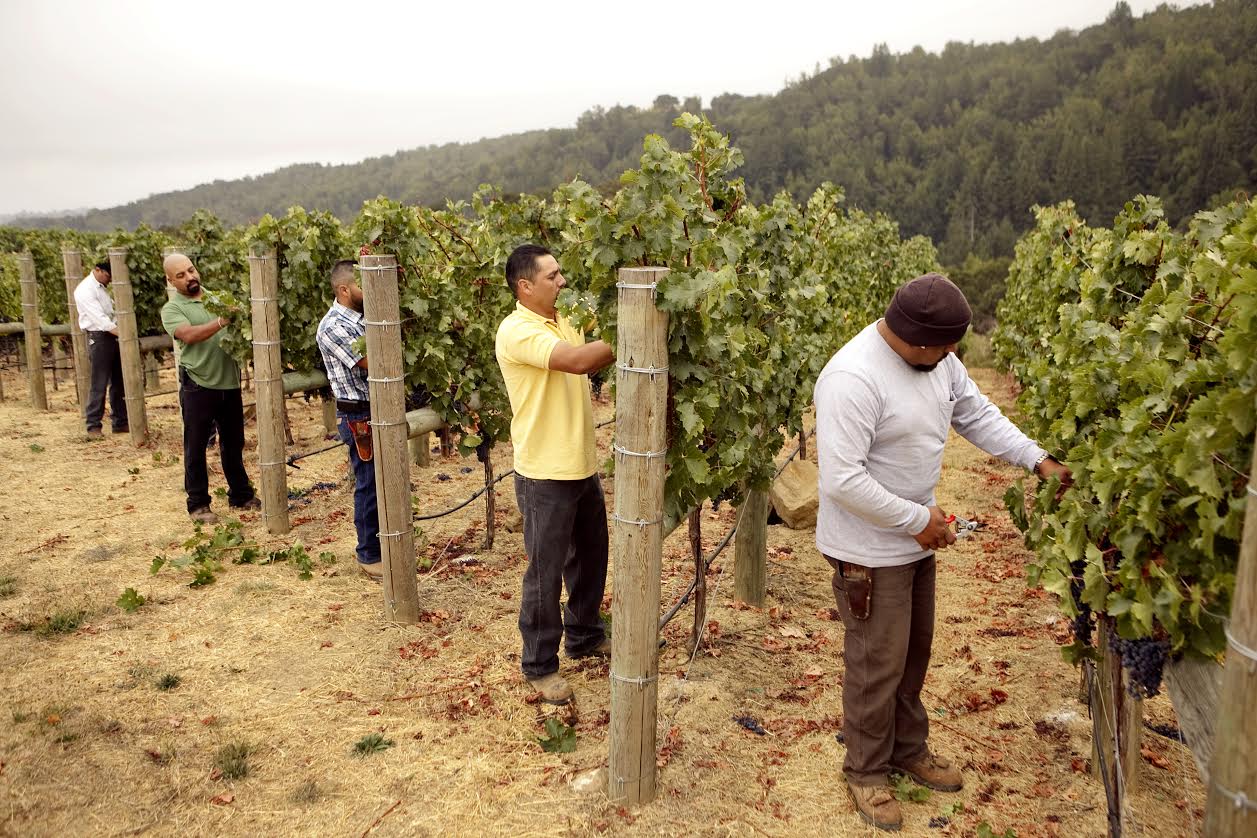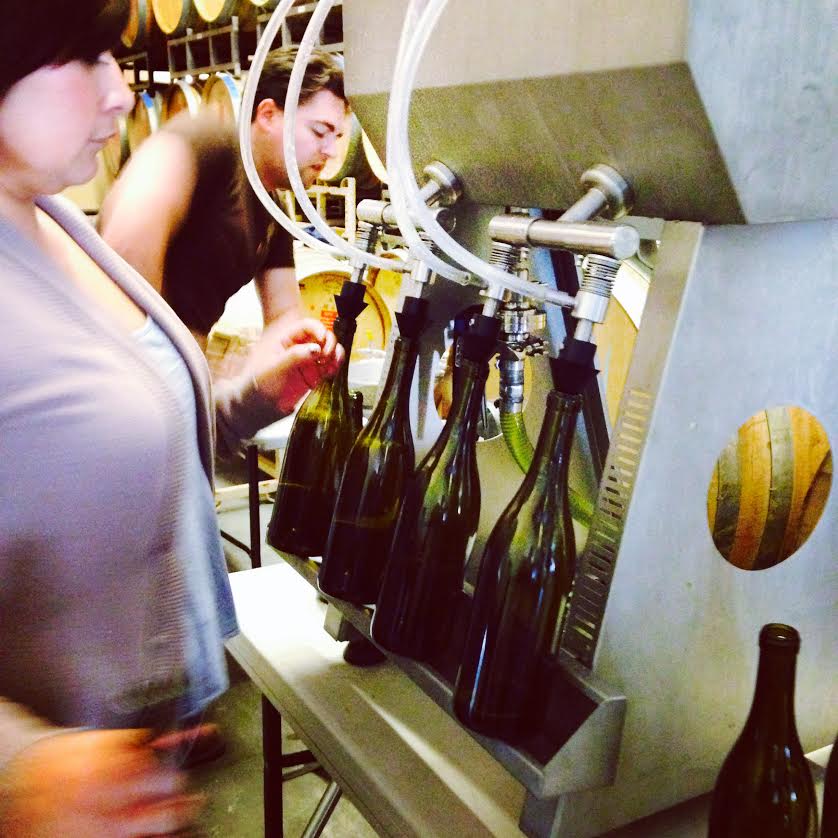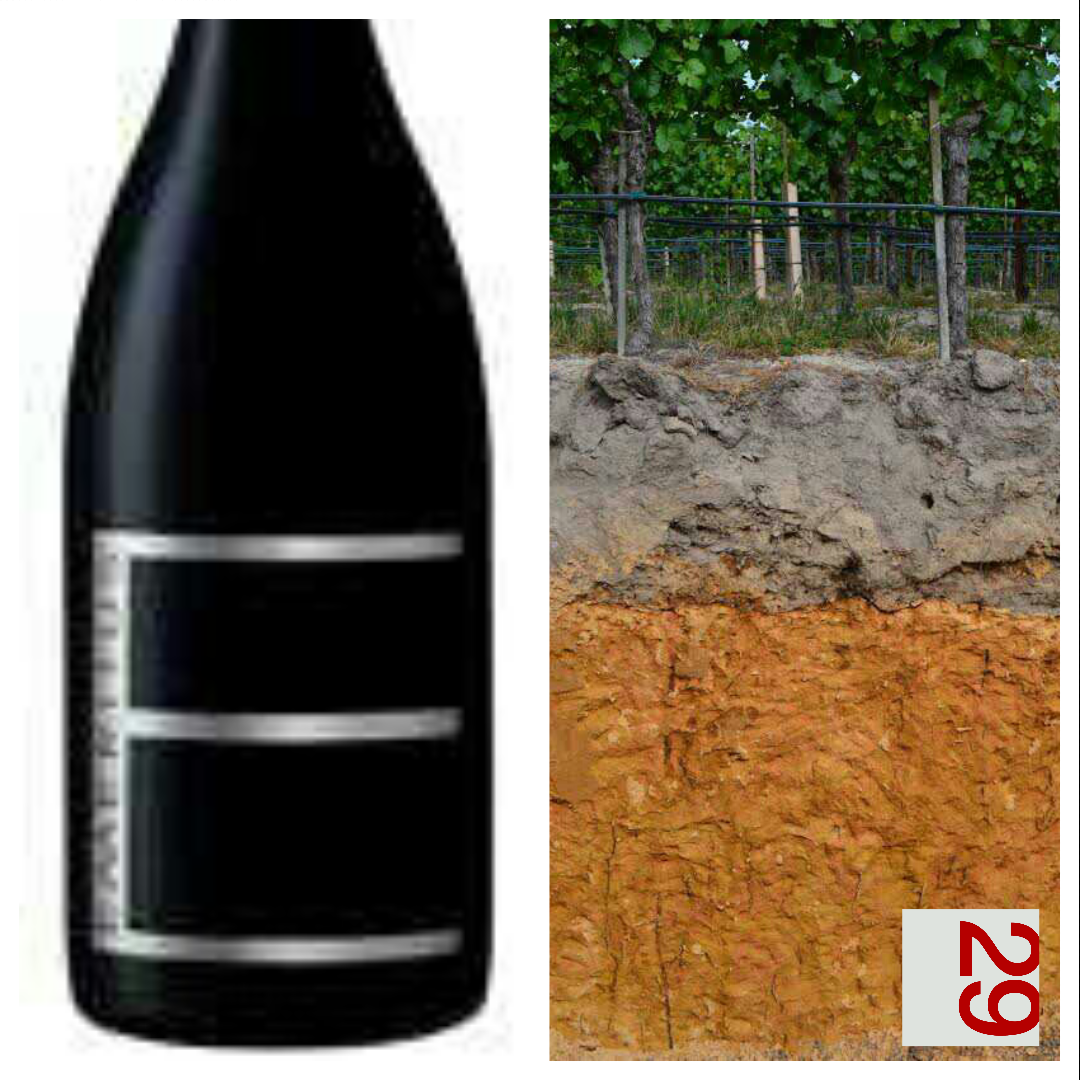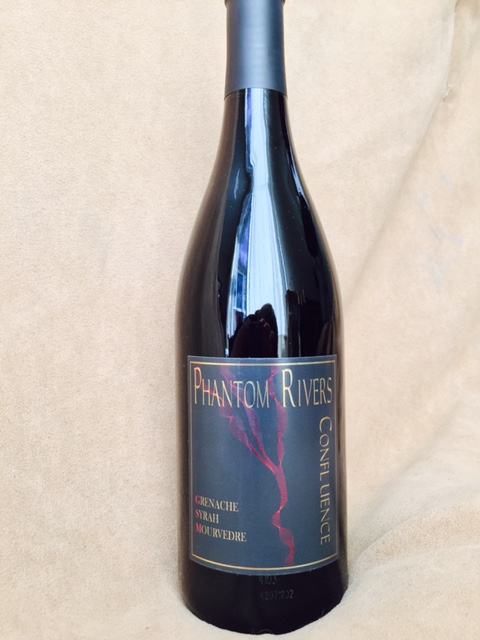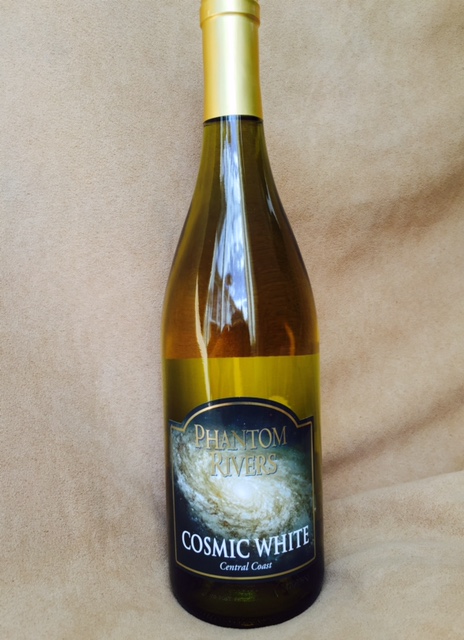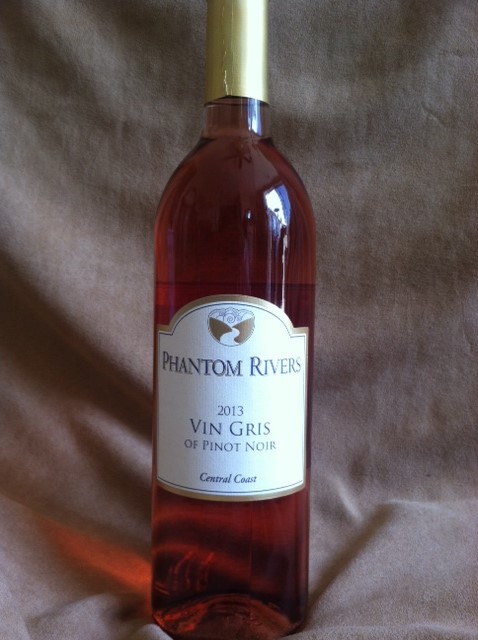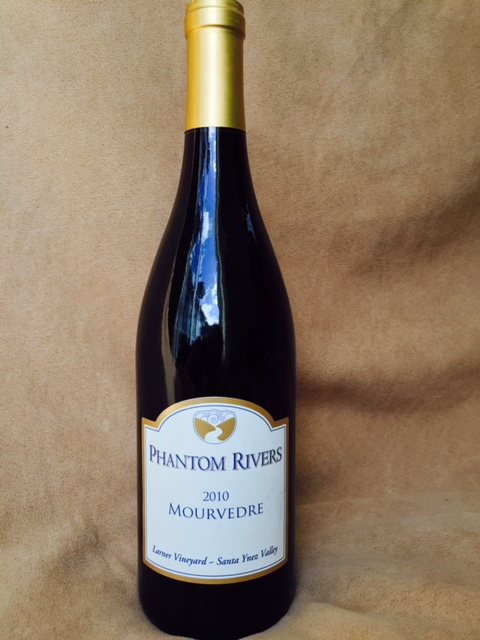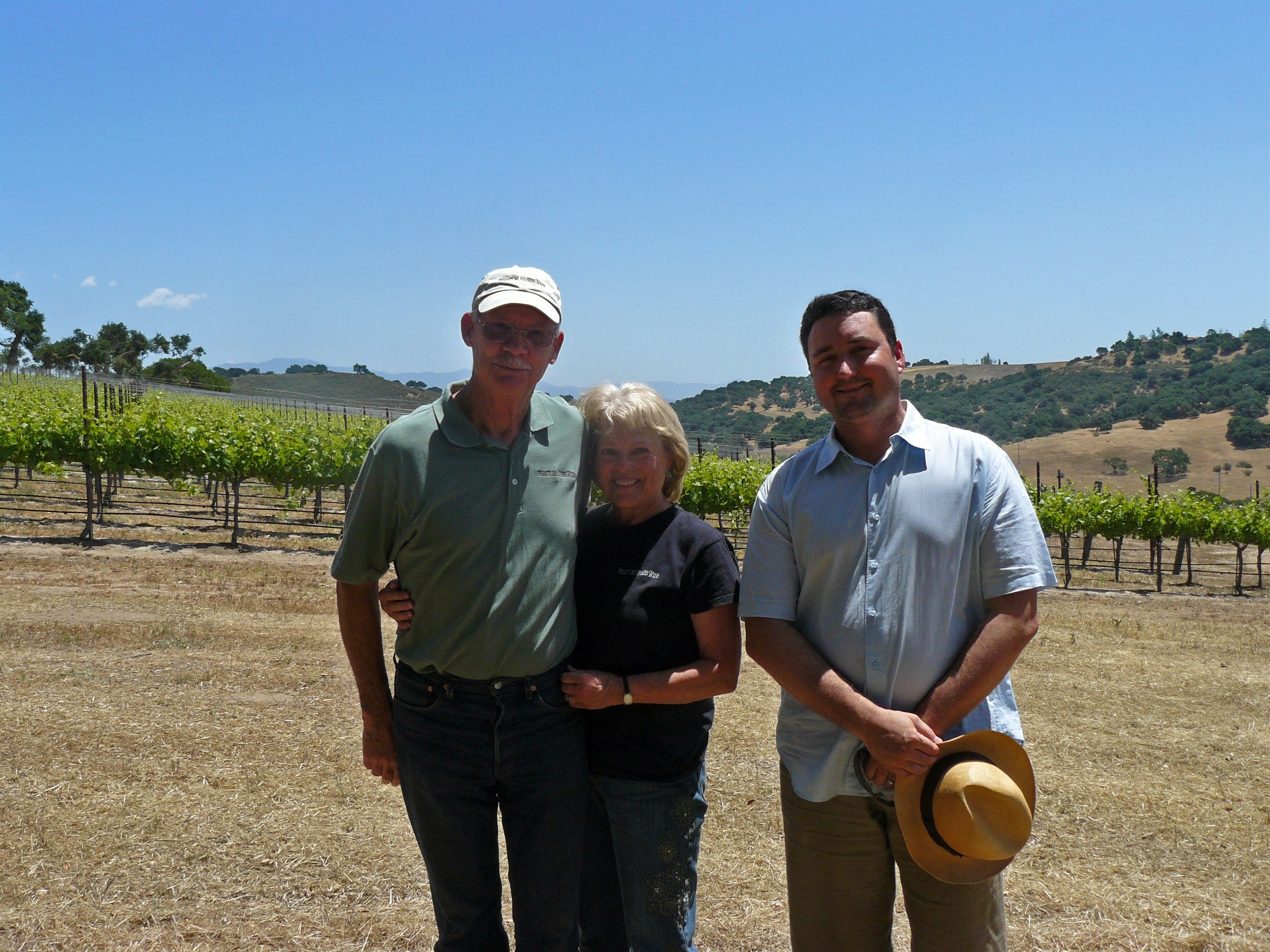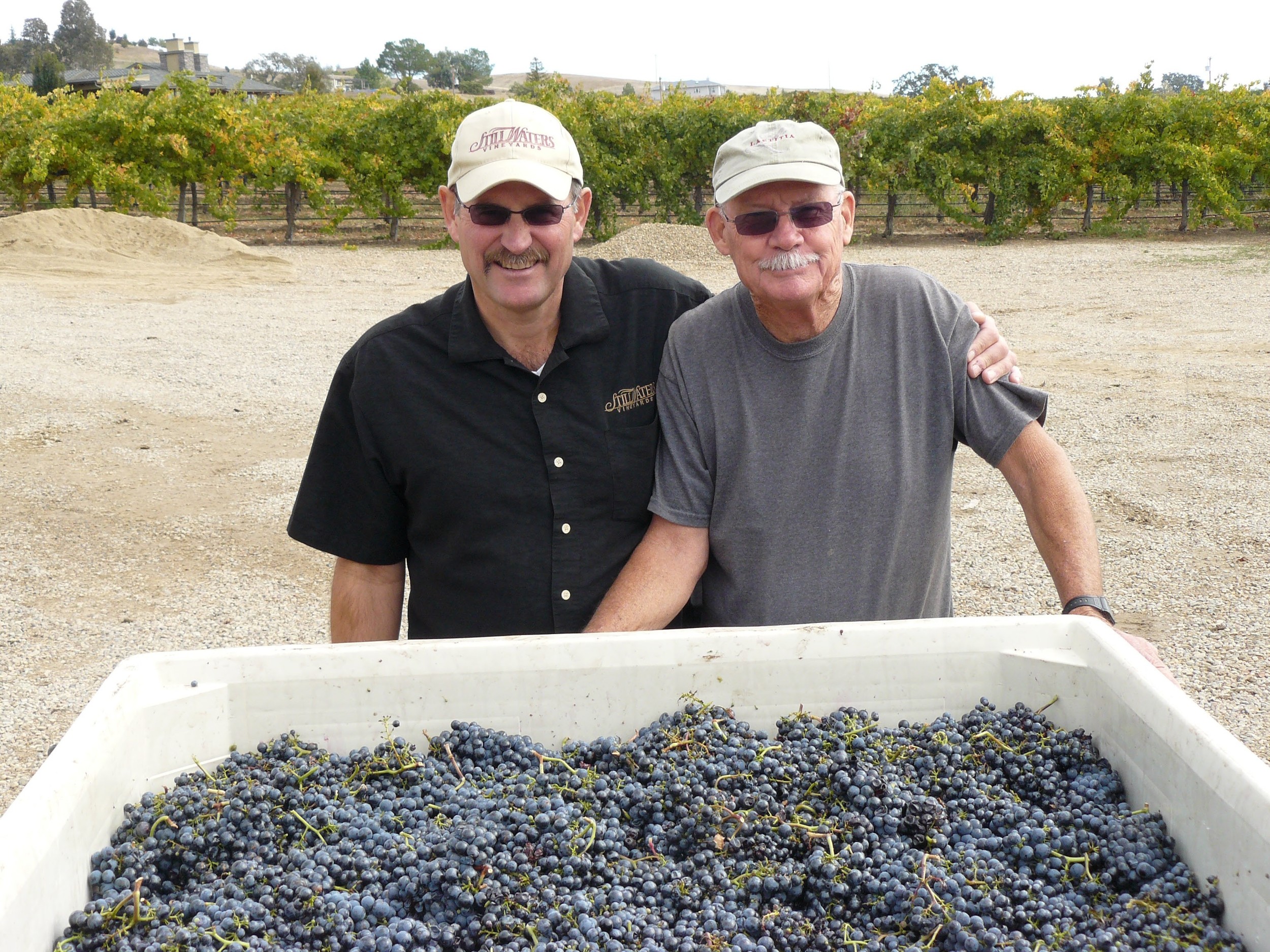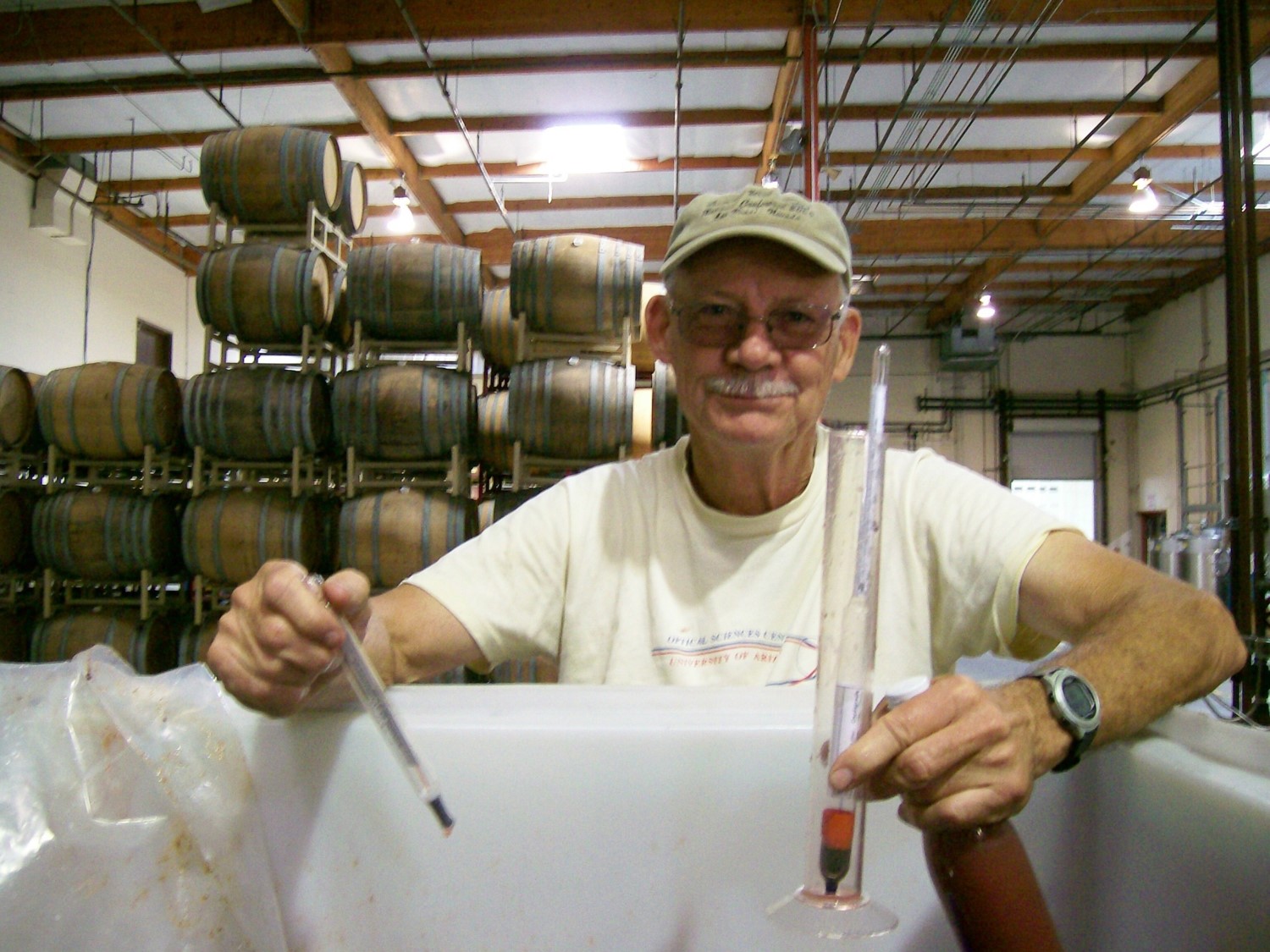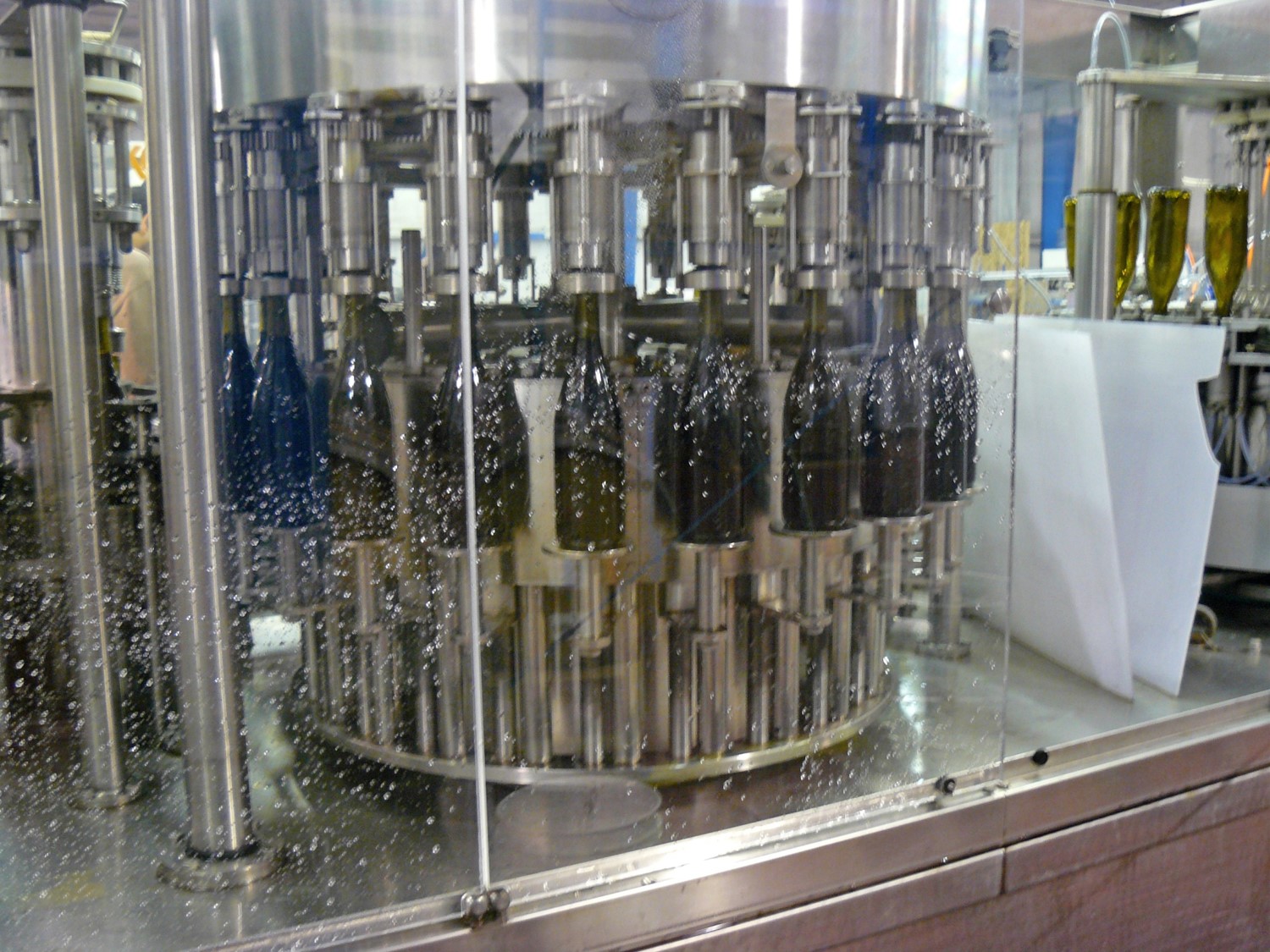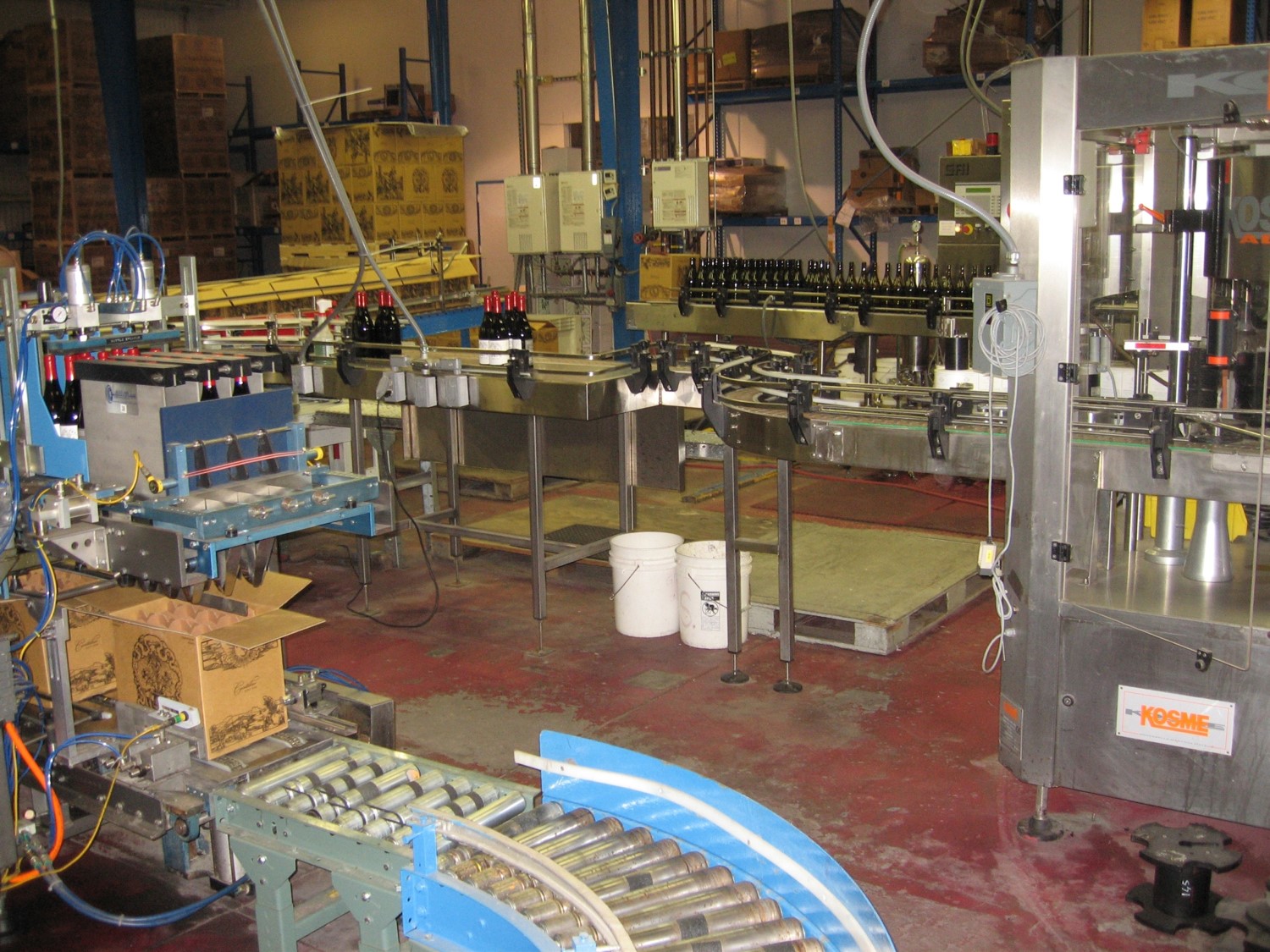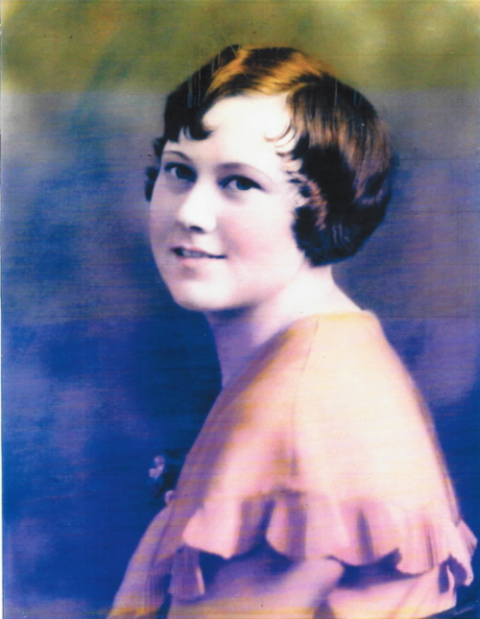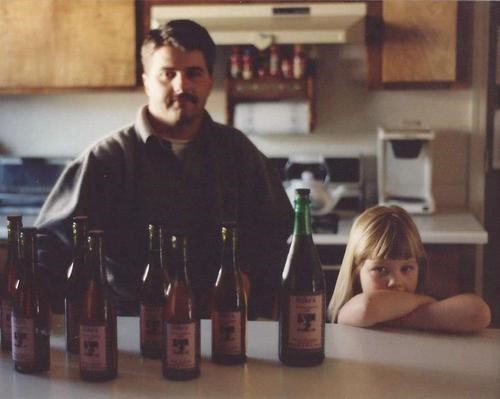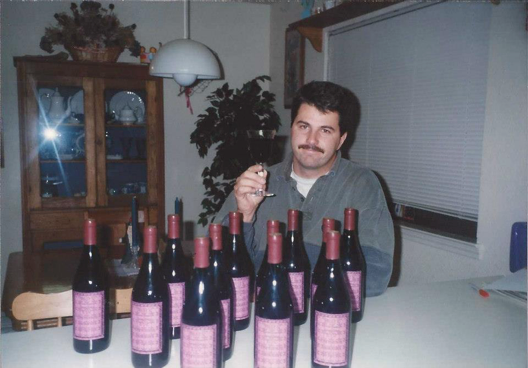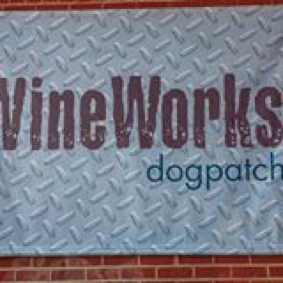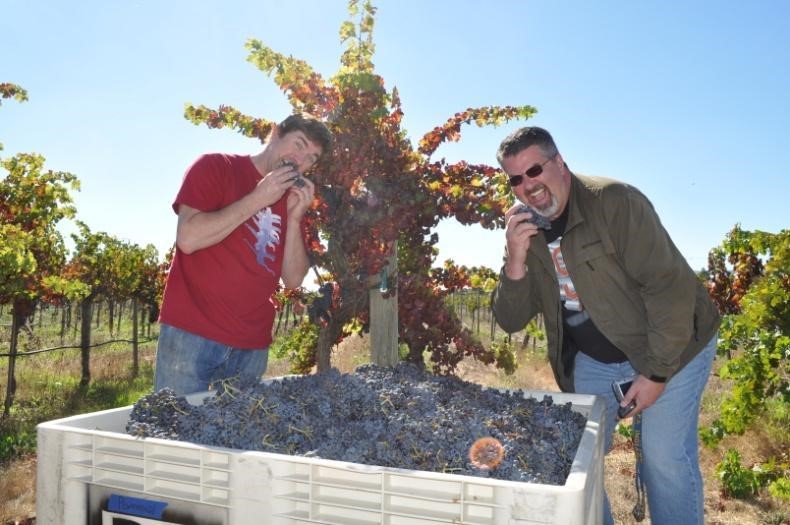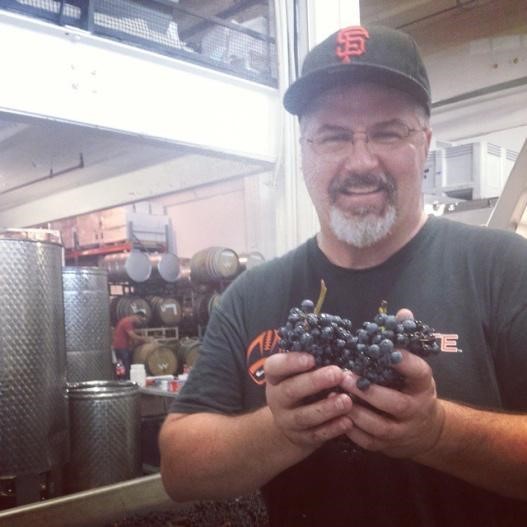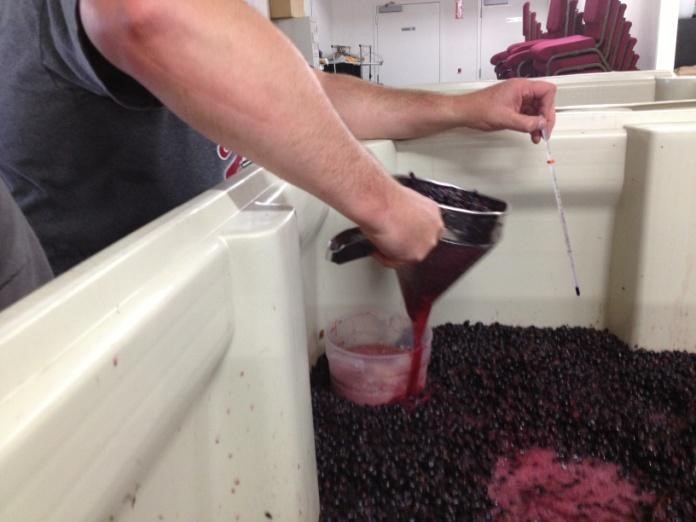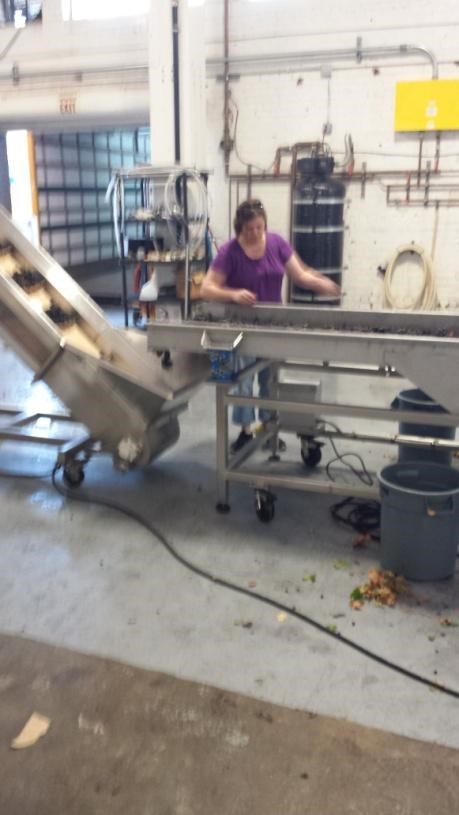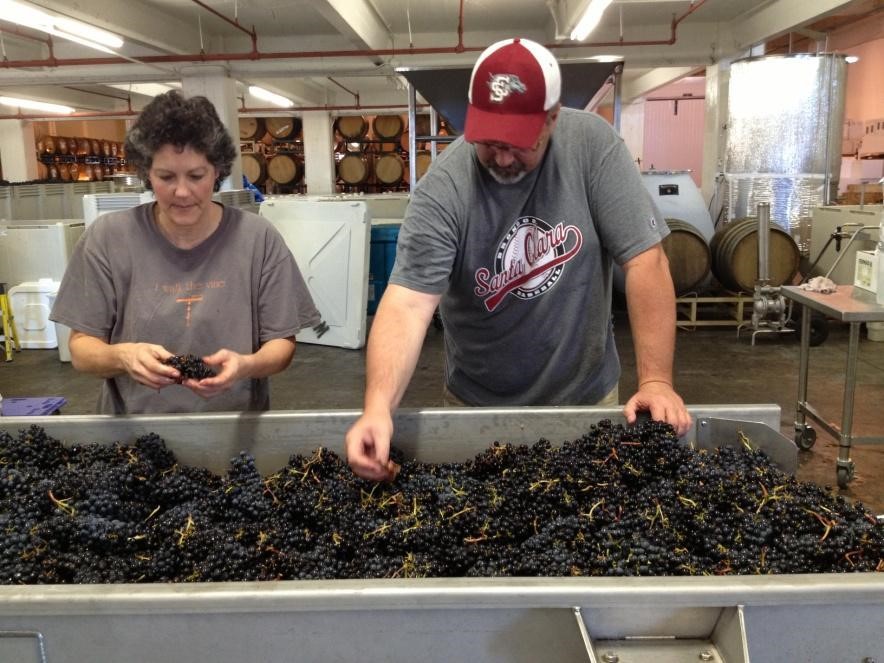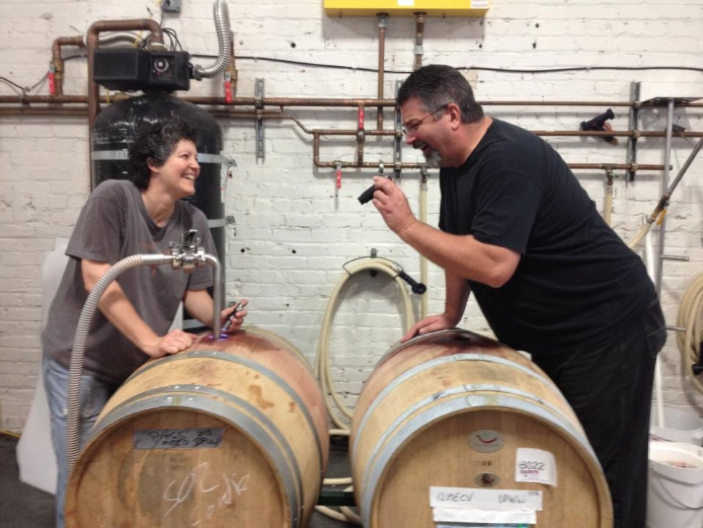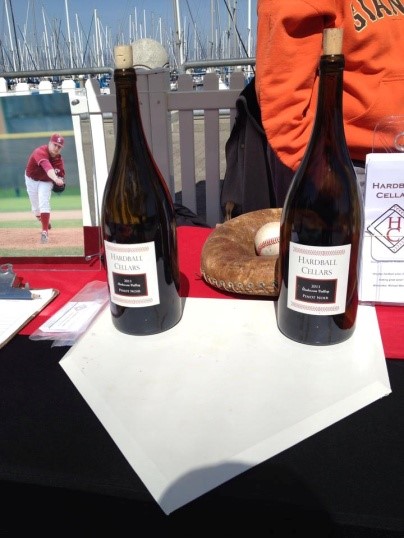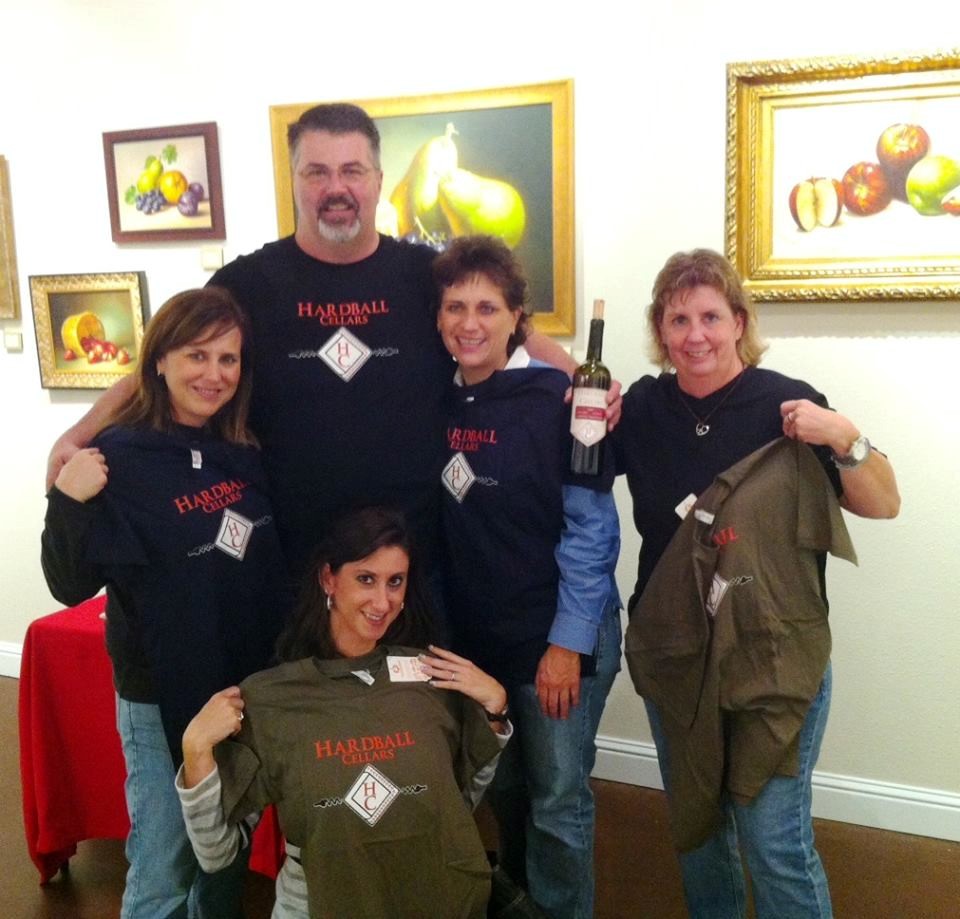“The Building of a Brand” by Erin Eileen
While I’ve spent many years promoting and talking about various brands of my employers, I am now embarking on the journey of my brand; Erin E Wines.
I have spent most of my career in the wine industry on the hospitality side of the business which, for anyone in the DTC (direct to consumer) market, is as important as the quality of your wine. Some may argue hospitality and customer service to be THE most critical aspect to your brand. If the only opportunity you have to sell your wine is face to face I’d have to agree. Some people love to talk about the technicalities of winemaking, some love to talk about their cat while tasting your wine. I believe a strong brand can support the interests of many facets of people.
When the opportunity arose to make my own wine and create my own brand, I wanted to integrate the importance of hospitality and quality into my wine and my brand. Sure anyone can come up with a catchy name and label design. They key is coming up with a name and label design that you, the creator, 100% believe in. The quality of the wine and knowing the vineyards the grapes are sourced from was and is the other equally important factor in my brand.
I set out to create the brand. Literally pen and paper in hand I started making a list. What do I love about wine? What do I love about labels? Meanwhile I needed the wine. Believe it or not, sourcing the grapes and the wine was the easy part. There are a lot of people in this industry whose beliefs about quality align perfectly with mine. There are so many amazing vineyards and winemakers it is an honor to be surrounded by so many talented people. My first vintage is a 2013 Sonoma Stage Pinot Noir. Sonoma Stage Vineyard is a whole other interesting topic. Back to the label. I was going through the list I had made of possible names and logos and contrary to my original ideas, I decided to use my name. My name is Erin Eileen, hence Erin E. That got me thinking about the meaning of my name and who I am.
I have always loved the Irish Claddagh symbol. You typically see it in the form of a ring, the hands, the heart and the crown joined together. The hands mean friendship, the heart means love and the crown means loyalty. The circle of the ring is for eternity.
There are many beautiful versions of this symbol but I needed it to be mine. Back to the believing in your label and wine 100%. I enlisted my cousin Hailey Jensen and gave her the task of sketching my own Claddagh that could be used on my label. I think she did an amazing job, all free hand. This label is how I tell my story and who I am in a glance from consumers. The label is a conversation starter. When I think about the ways people share and enjoy wine in their lives it usually happens around a life event. To have your bottle of wine be the centerpiece for these events is an incredible honor. The wine is just as intriguing as the label, it also is a conversation starter. Each opportunity I have to share my wine with people and talk to them adds to the foundation of my brand. I currently make 50 cases of Pinot Noir, 50 cases of Sauvignon Blanc and 25 cases of Cabernet Franc. Blending the wines and making them complex and mysterious yet delicious has been an incredible adventure. I strive to make wines that are drinkable on their own, a no food required approach. The thing I have really enjoyed the most is having a brand that invites people to it. It is approachable just like the wine. People can identify with it and feel comfortable asking questions. Wine should not be a big, unknown, confusing topic and through my brand I hope to convey that message. It should be hospitable, approachable and easy to talk about and enjoy.
We'd love to see your Erin E. wine experiences in the VAULT29 app. Use hashtag #ErinE or #ErinEWines! Cheers!




